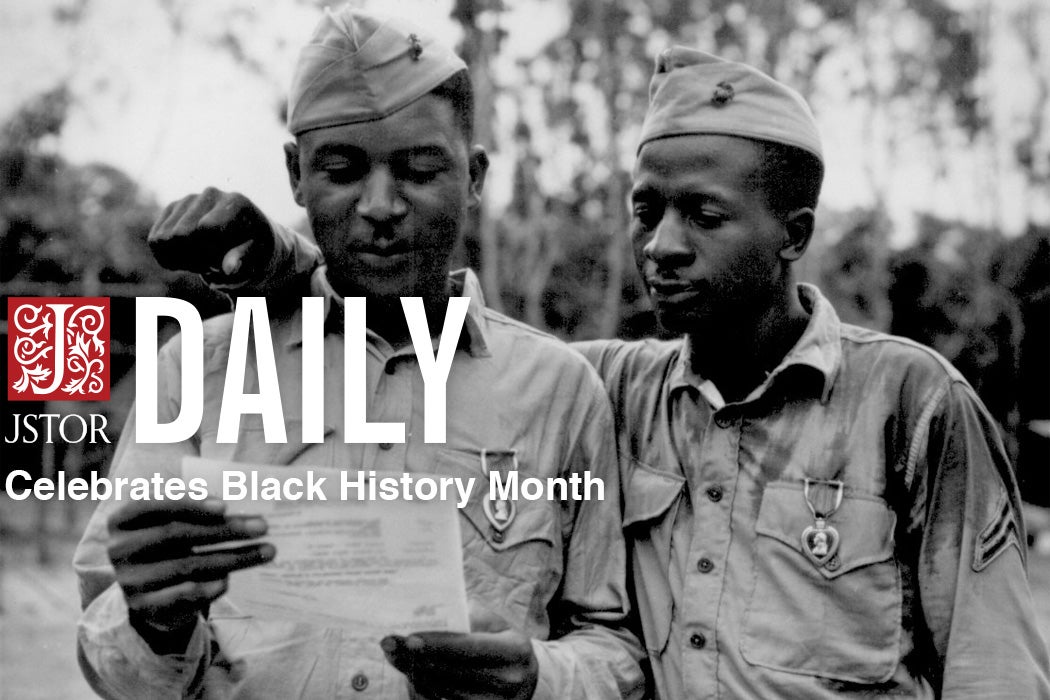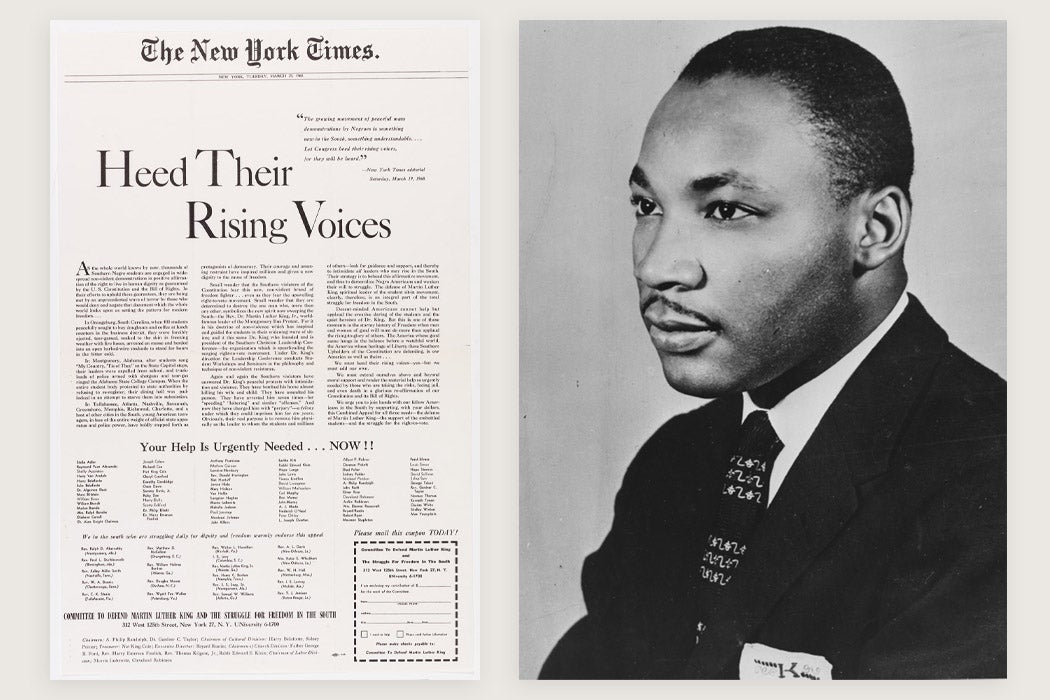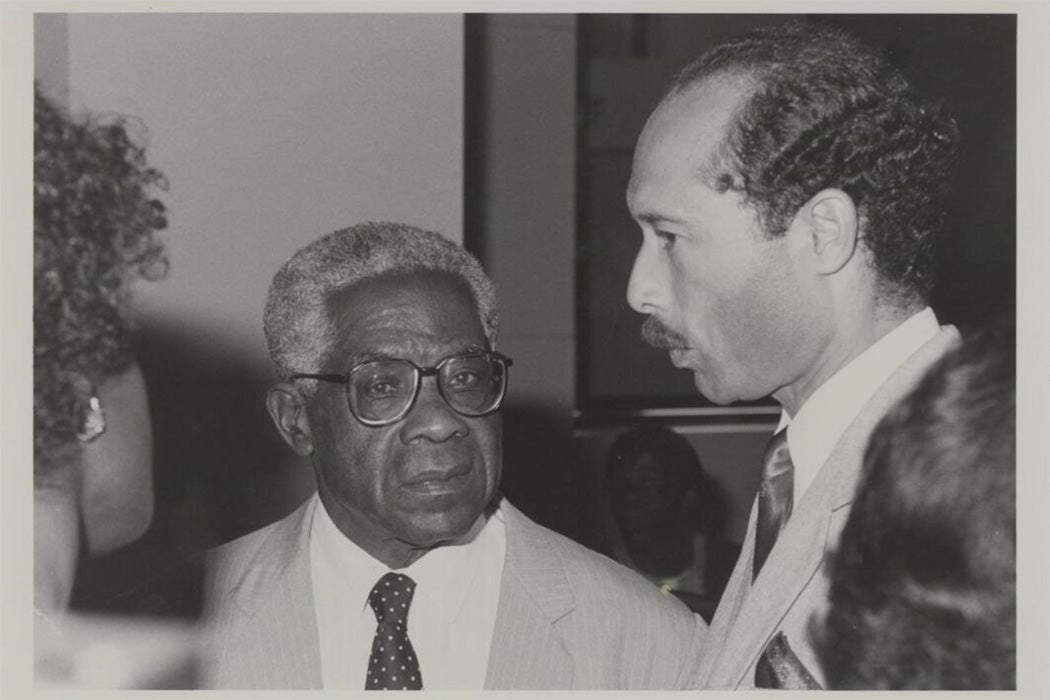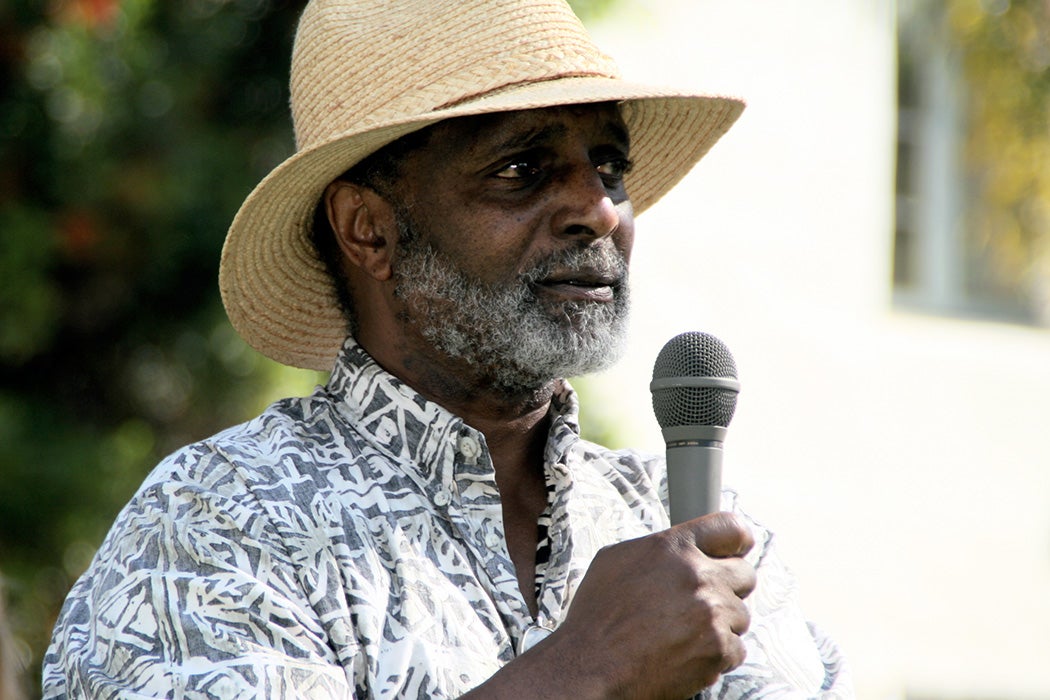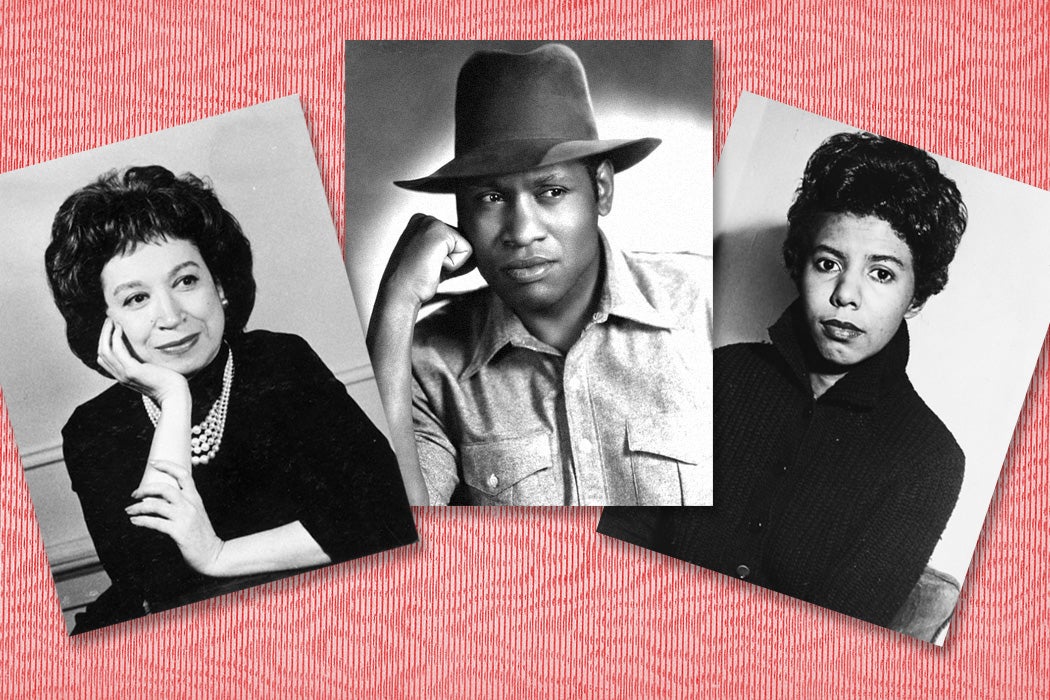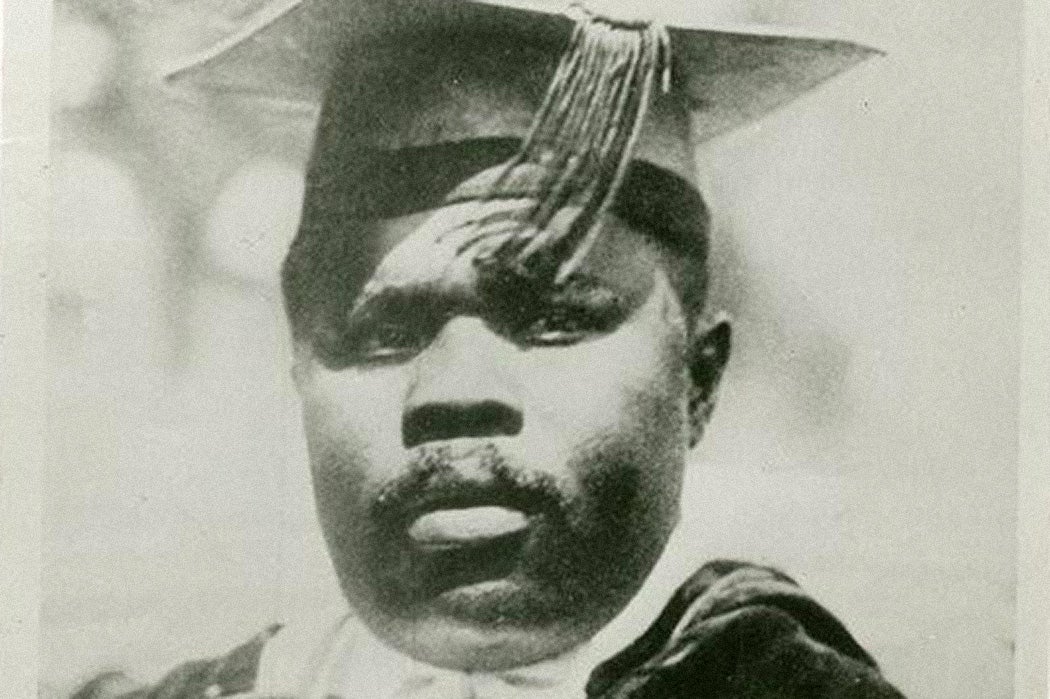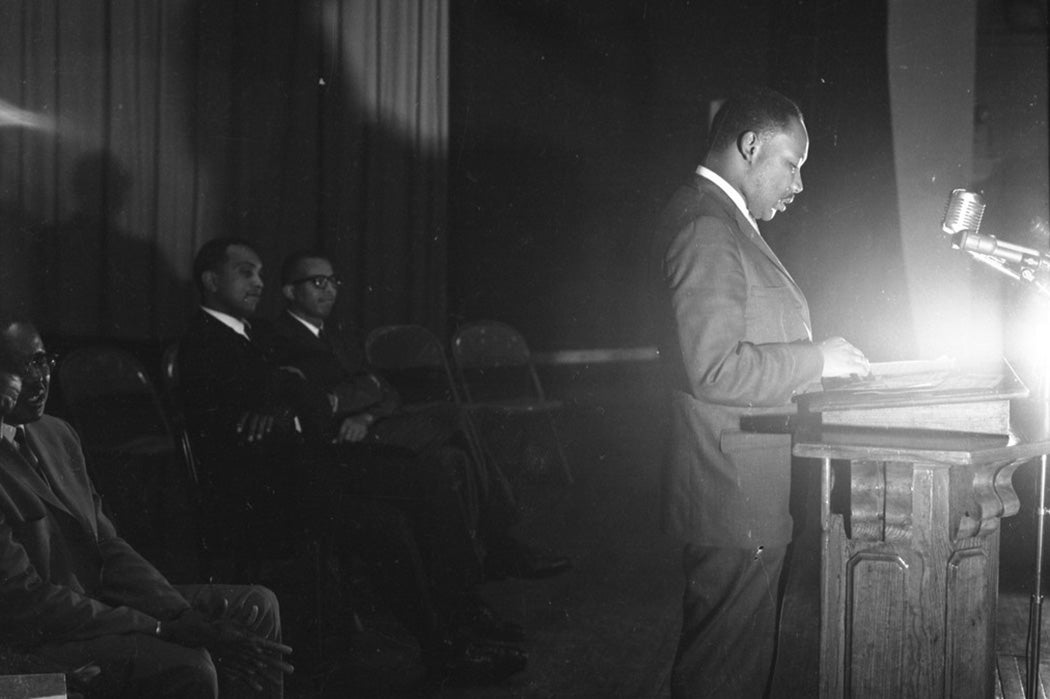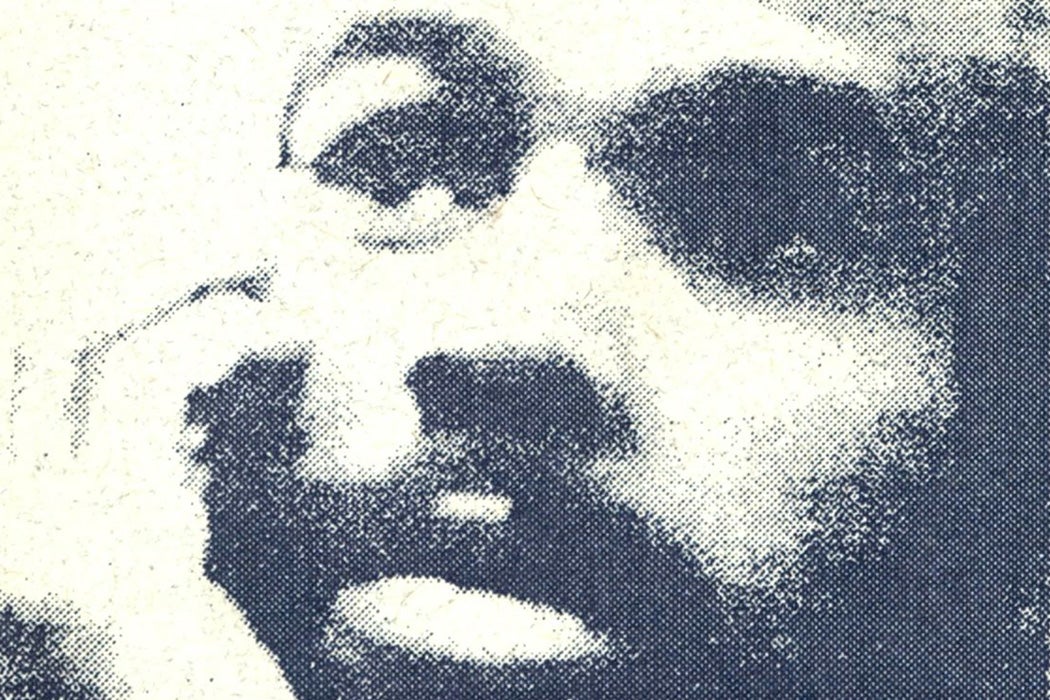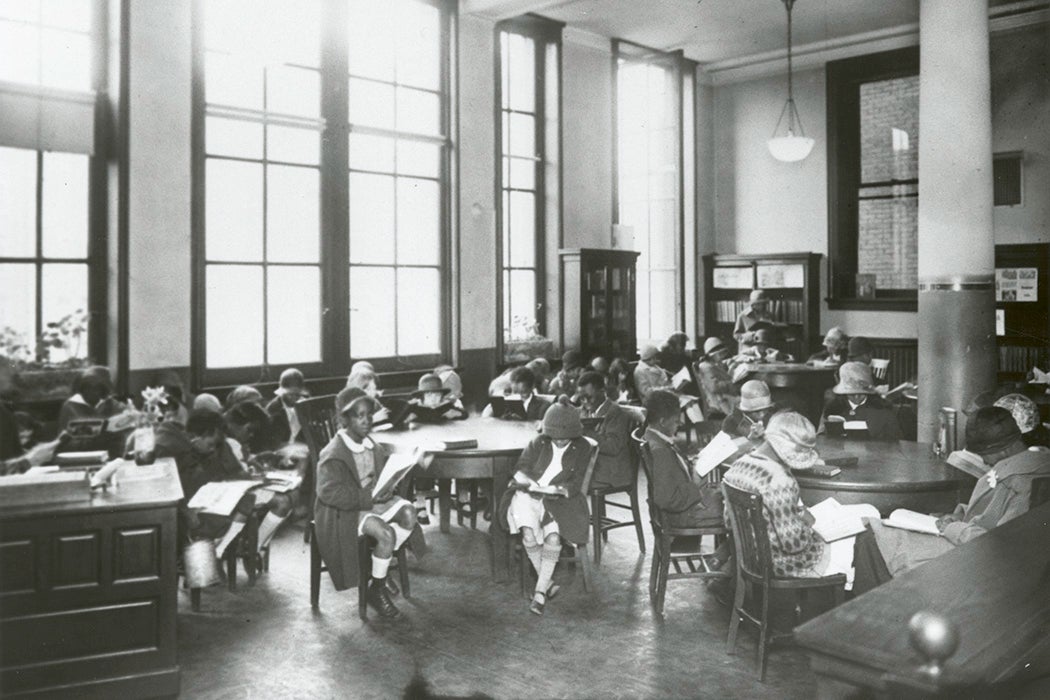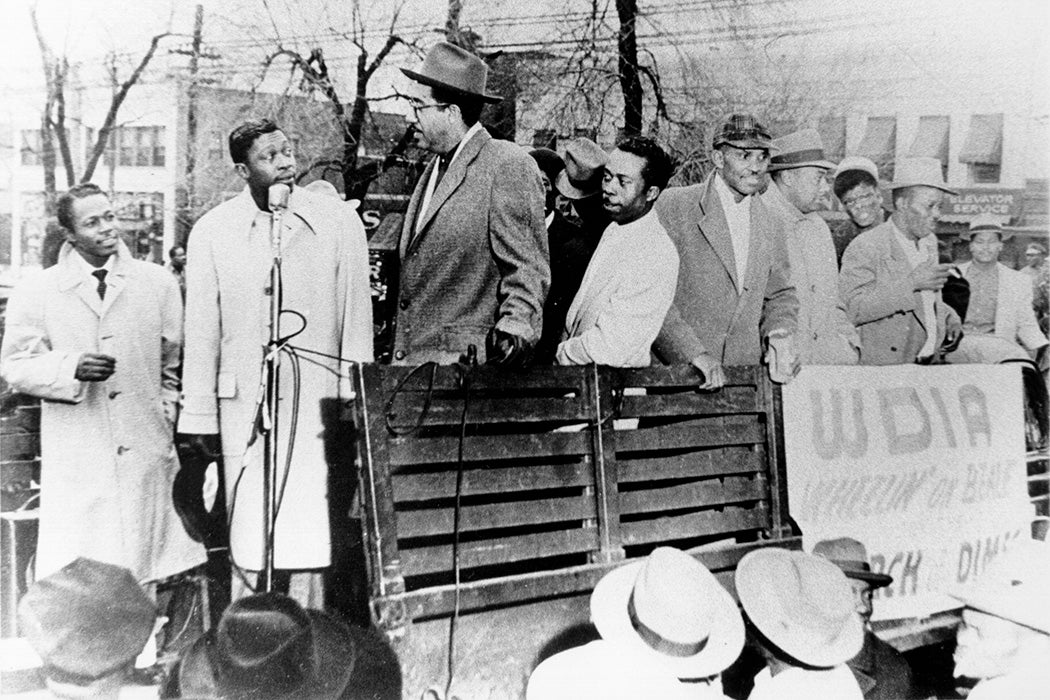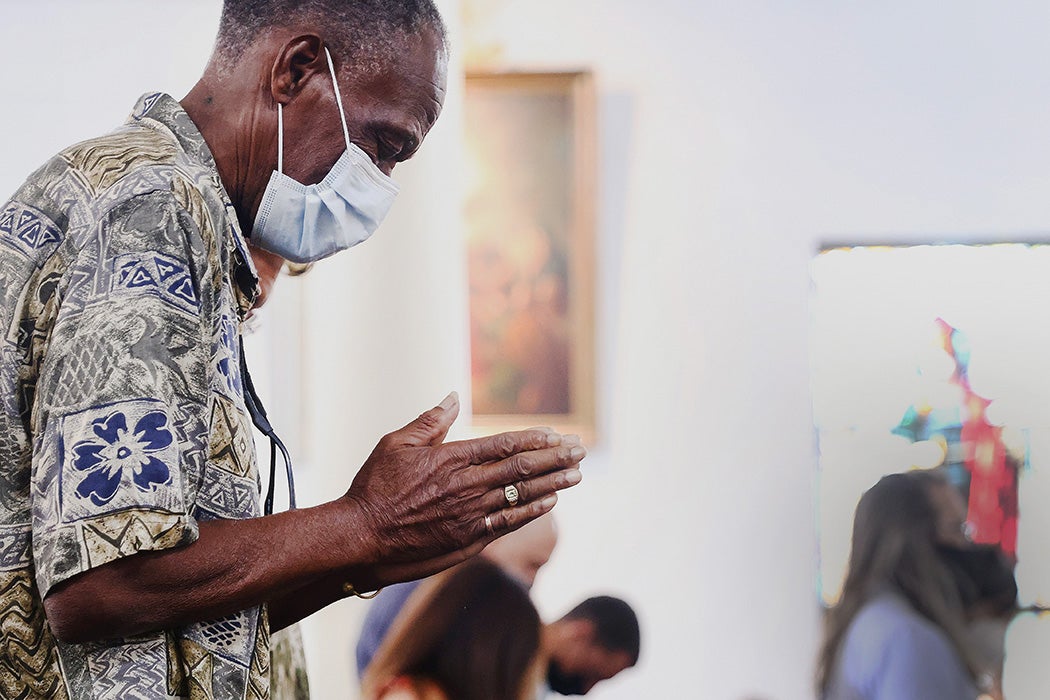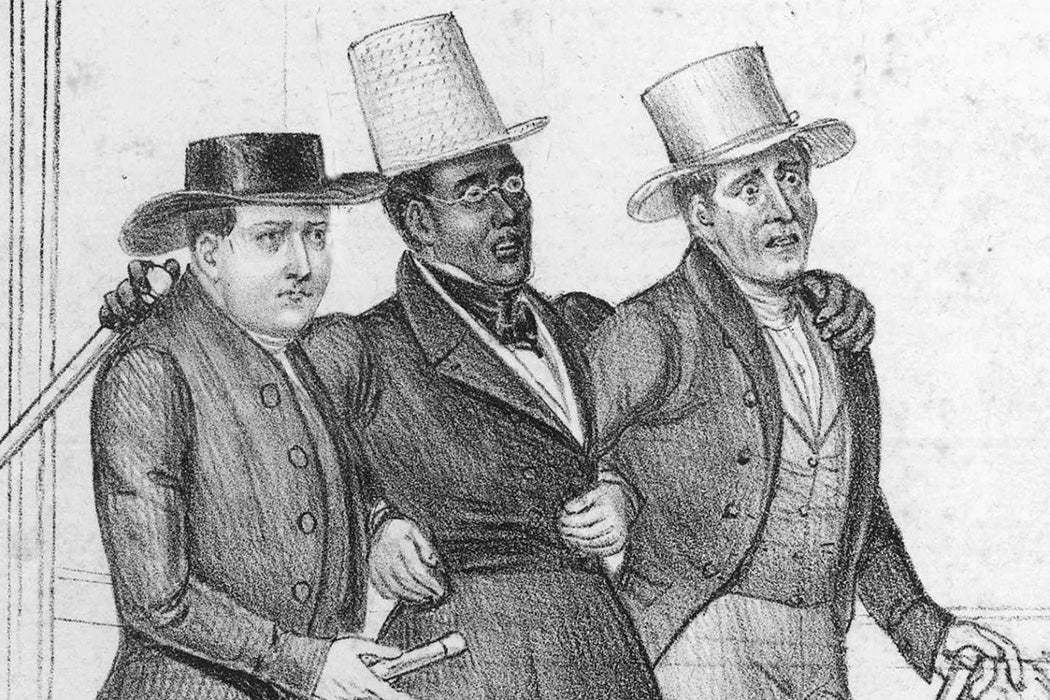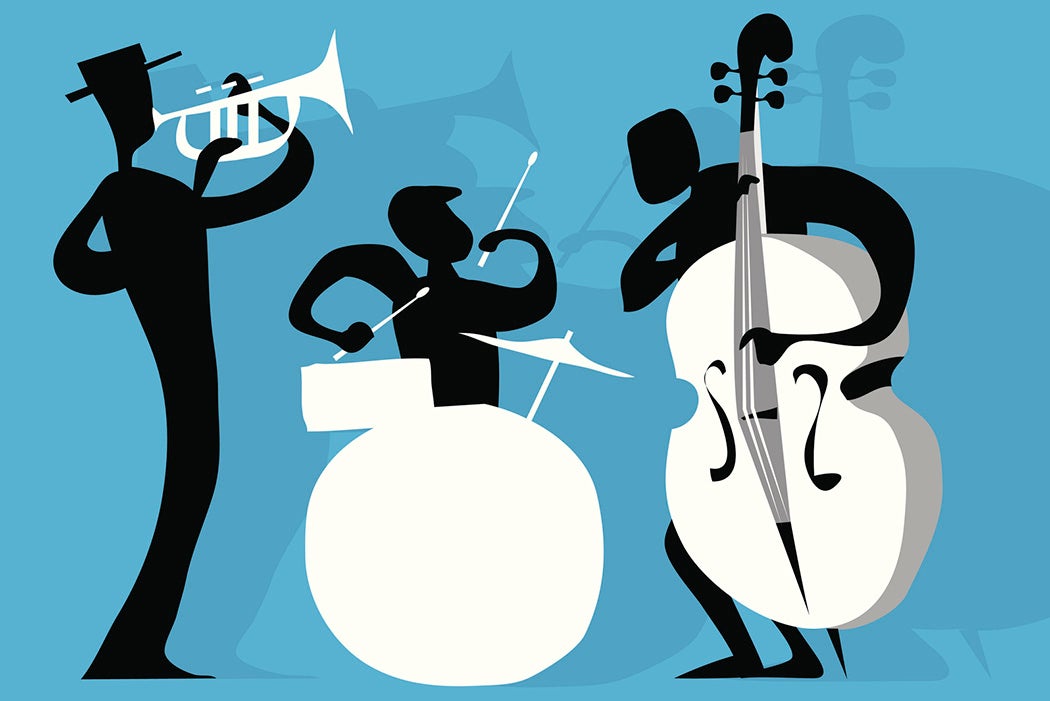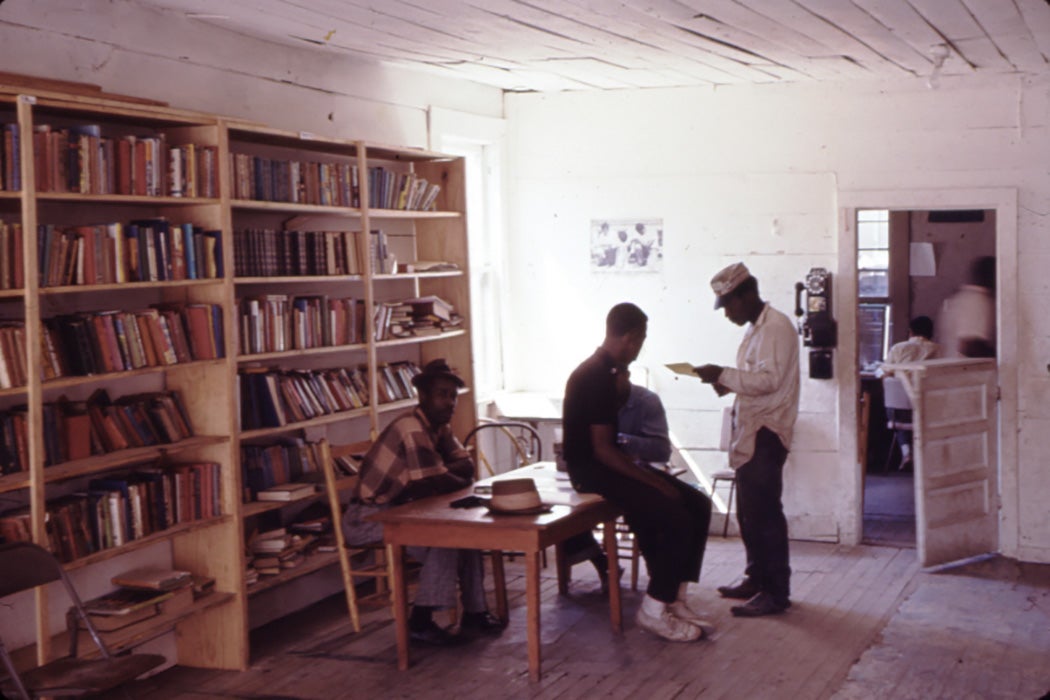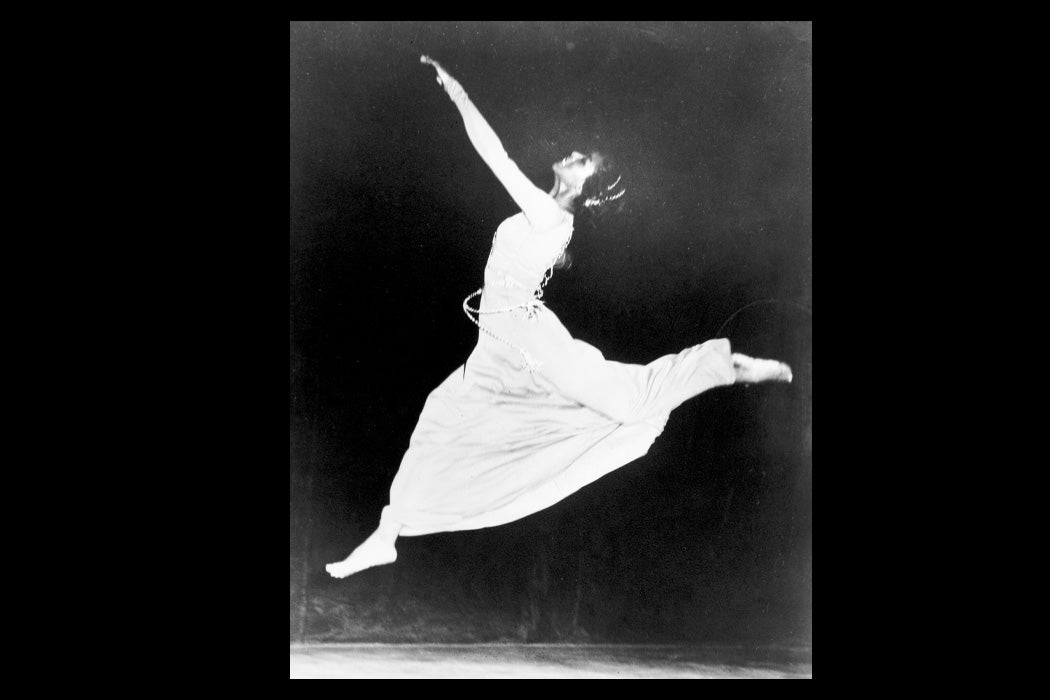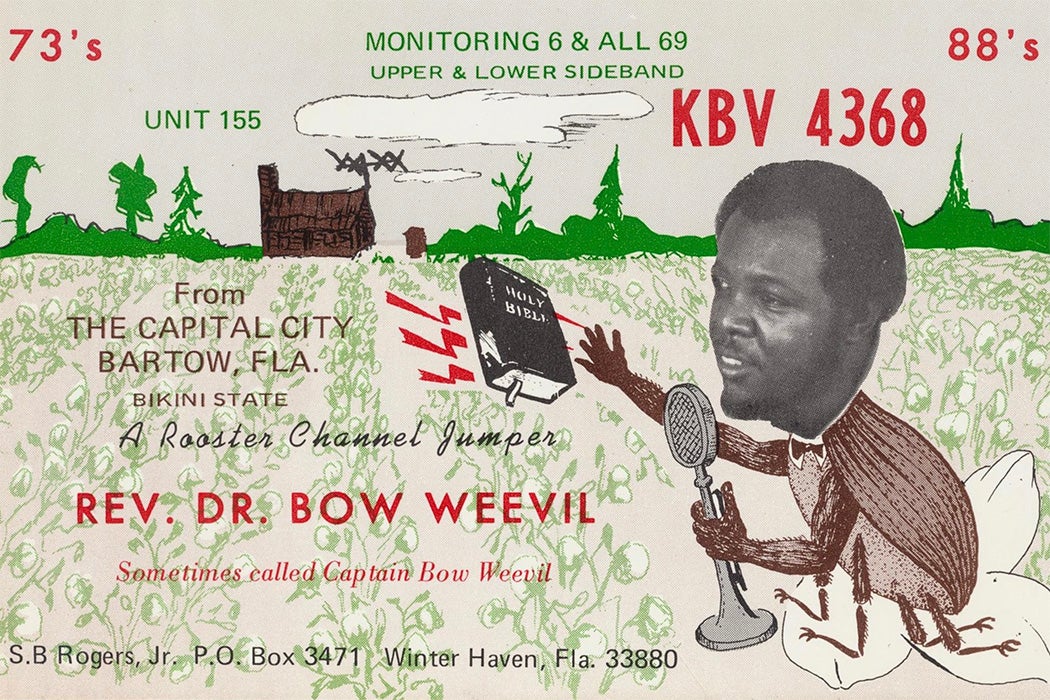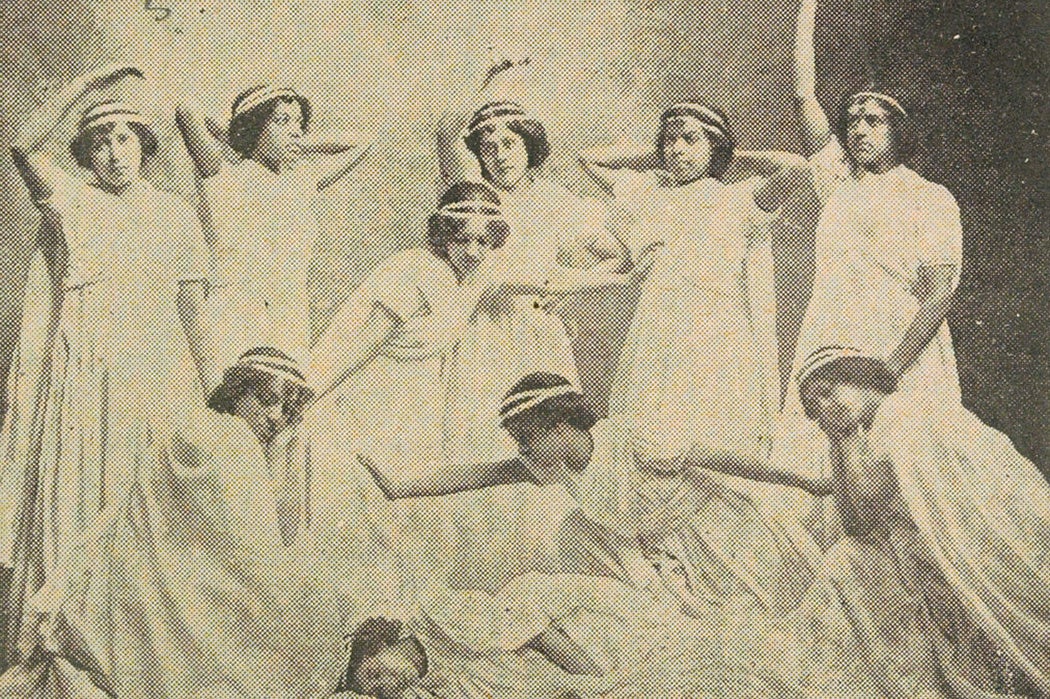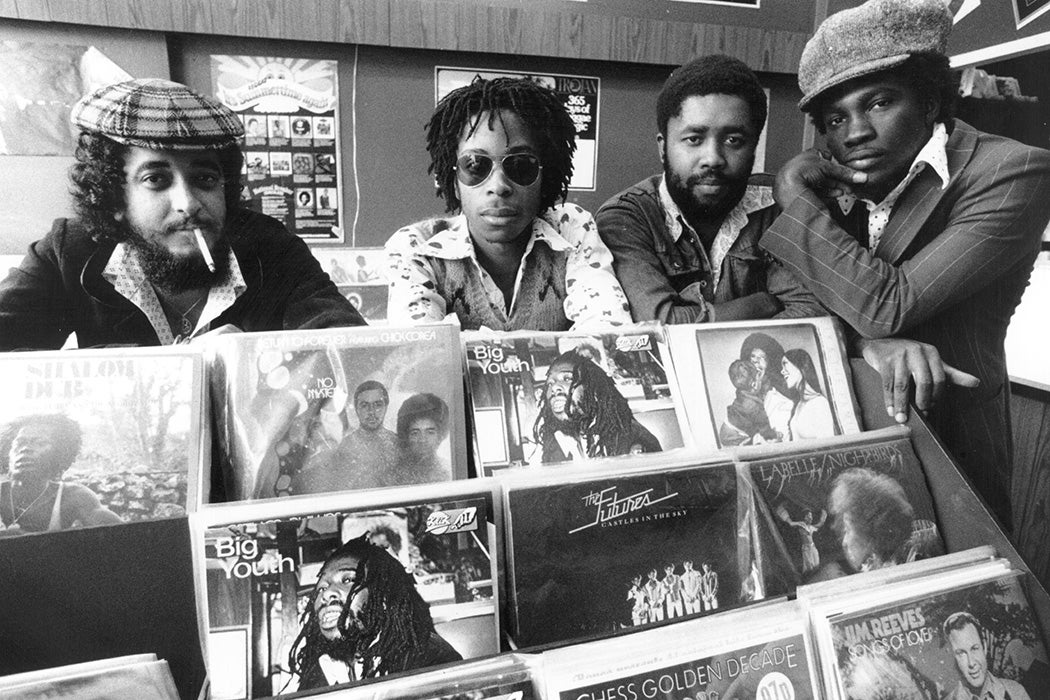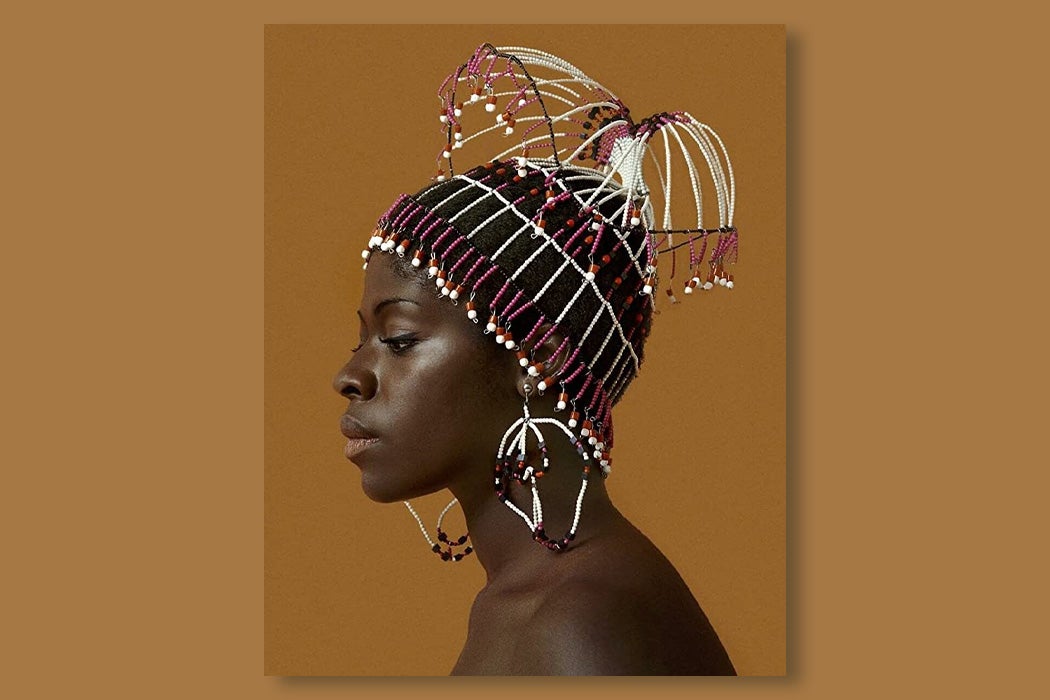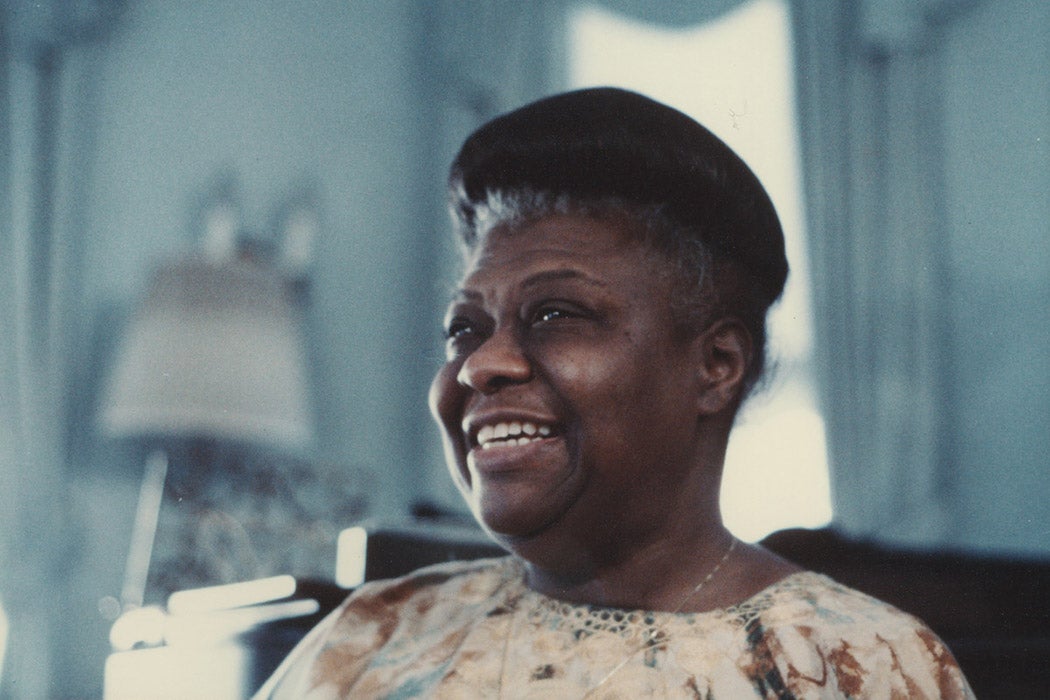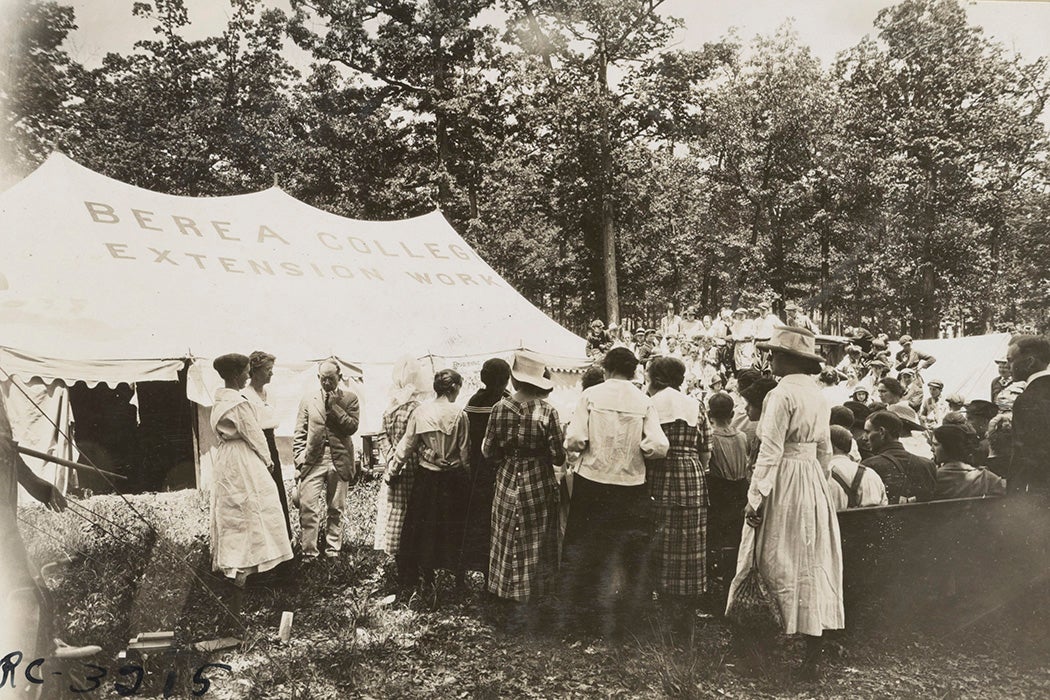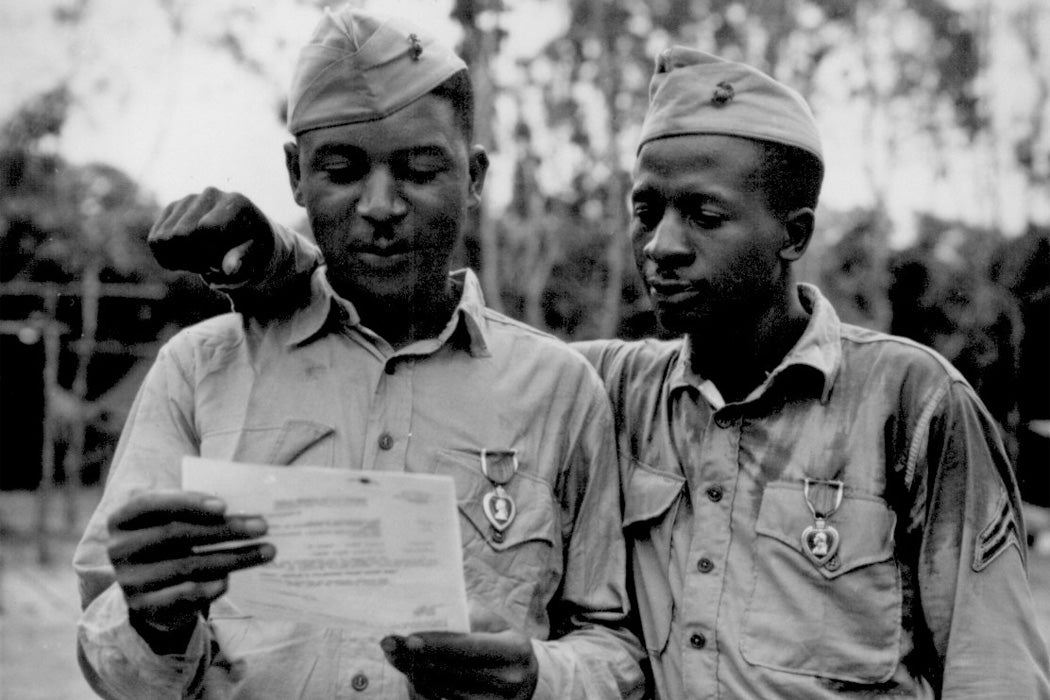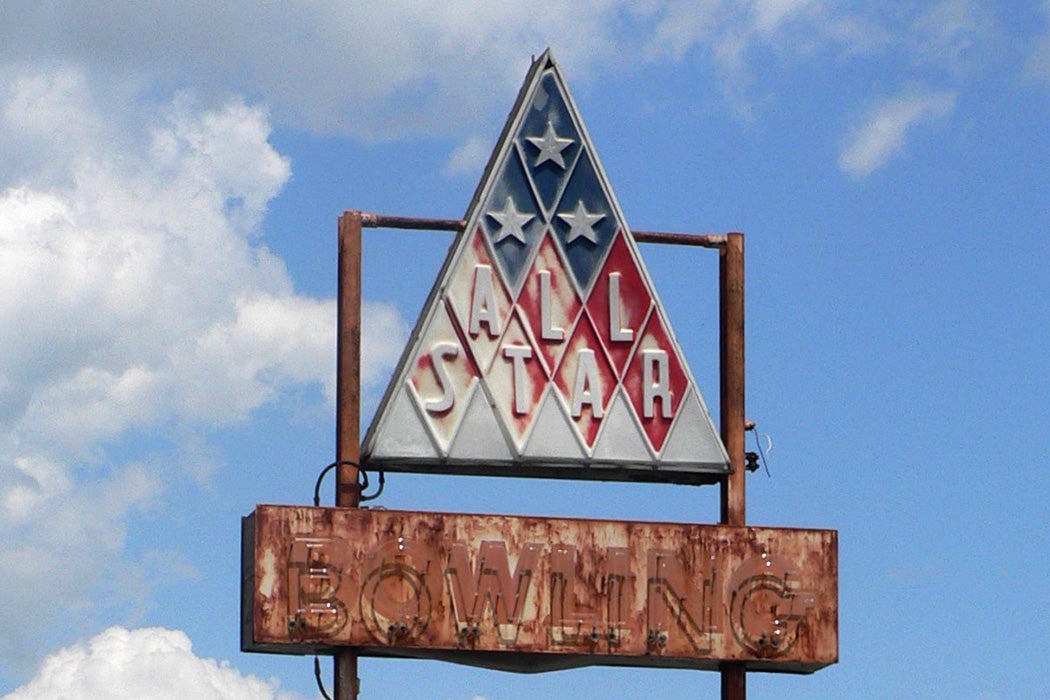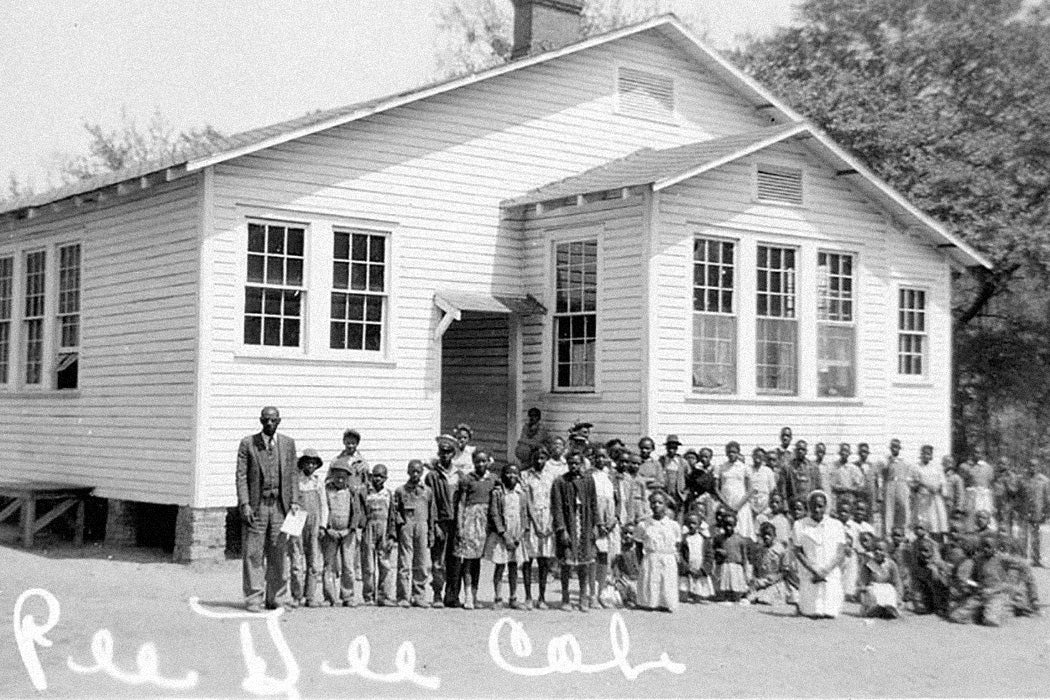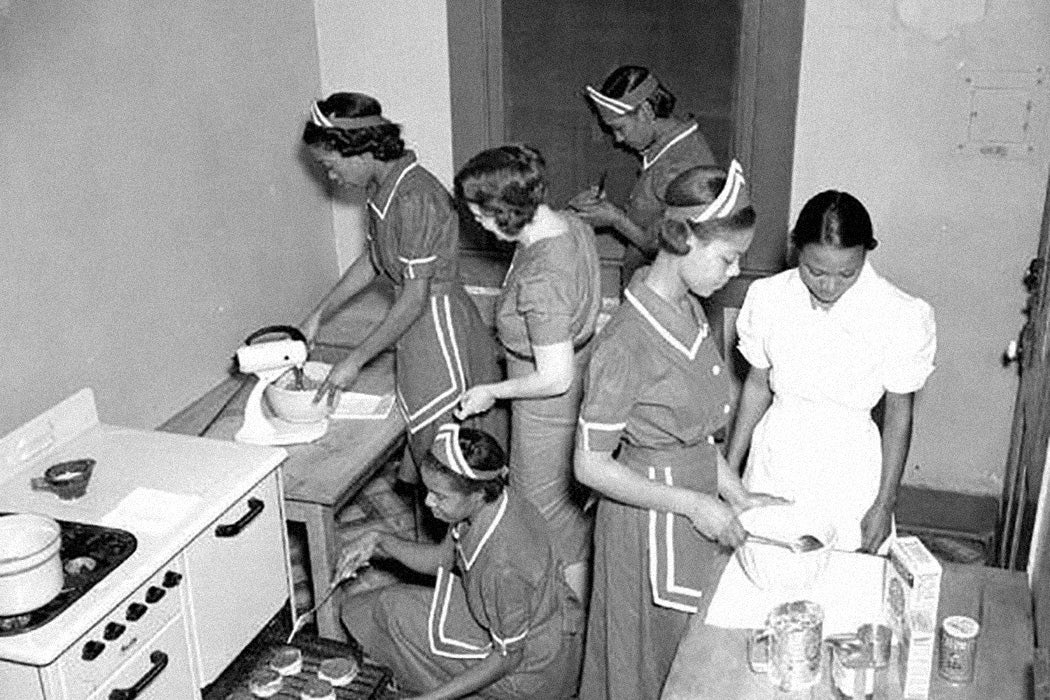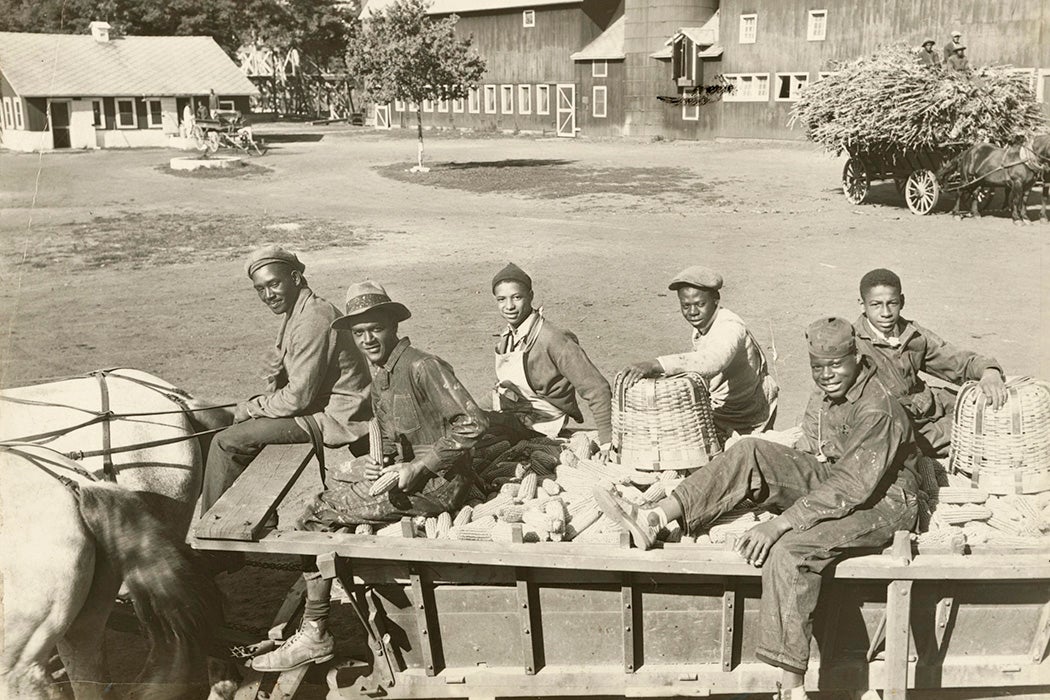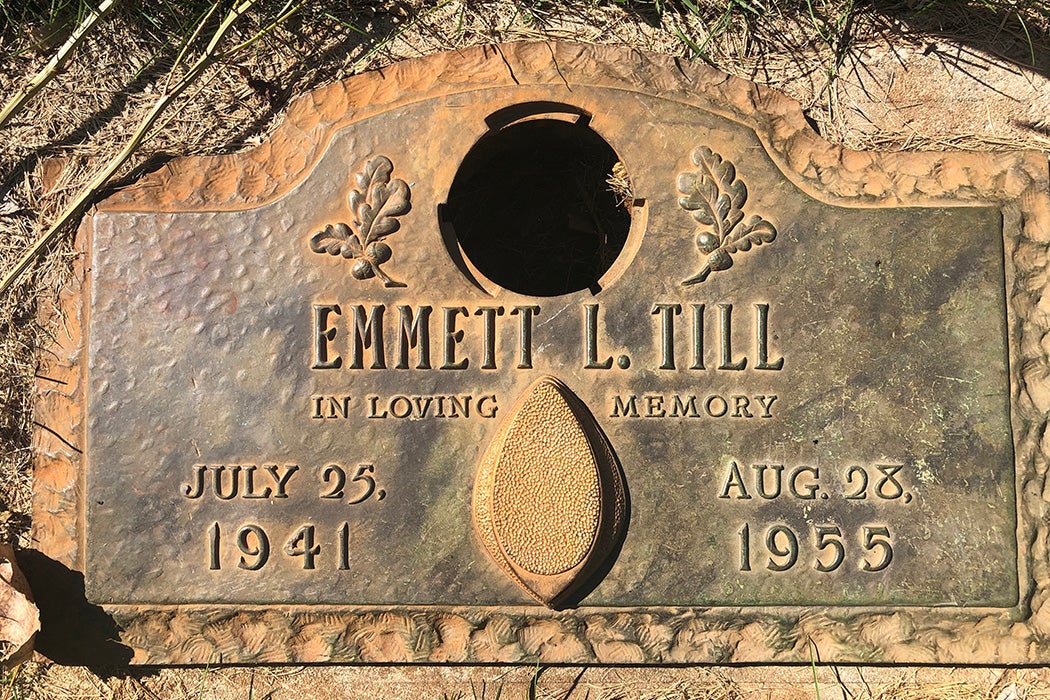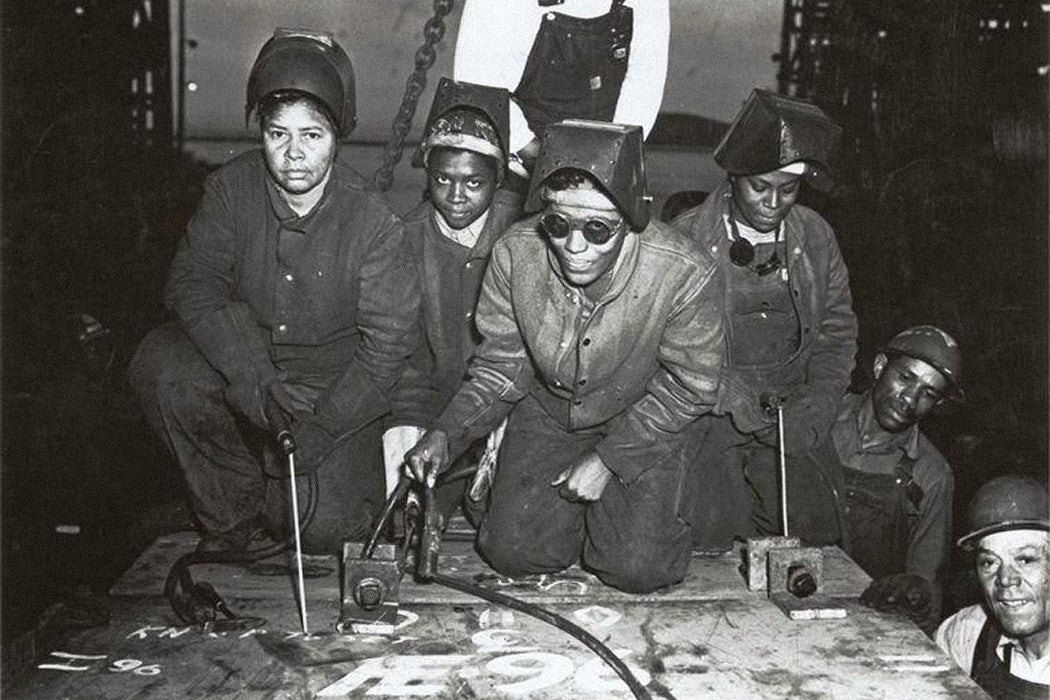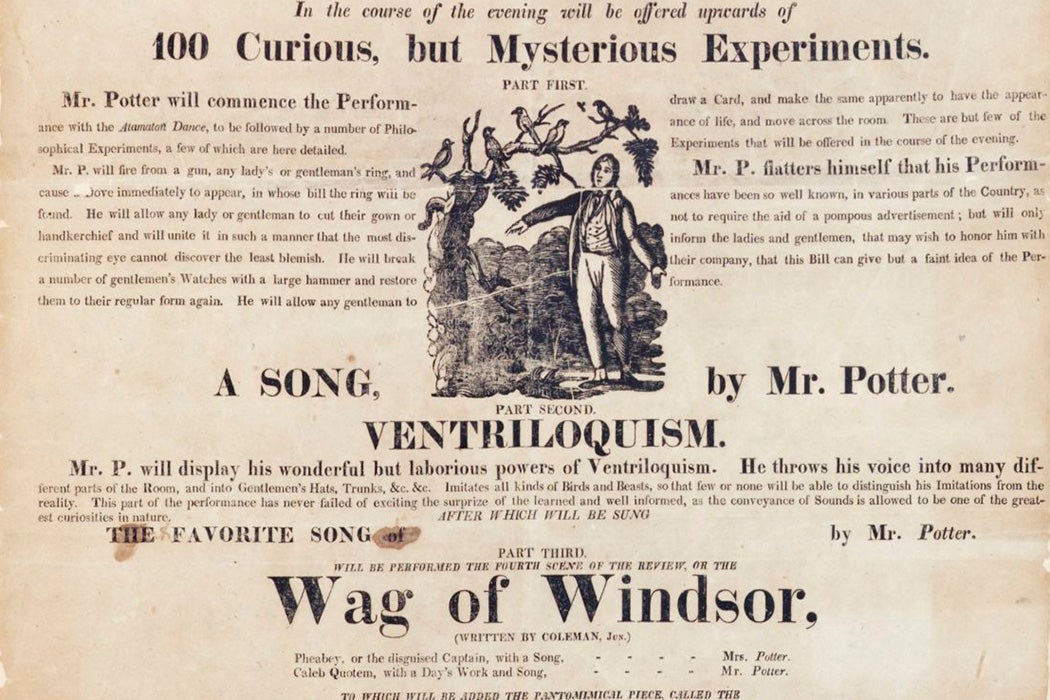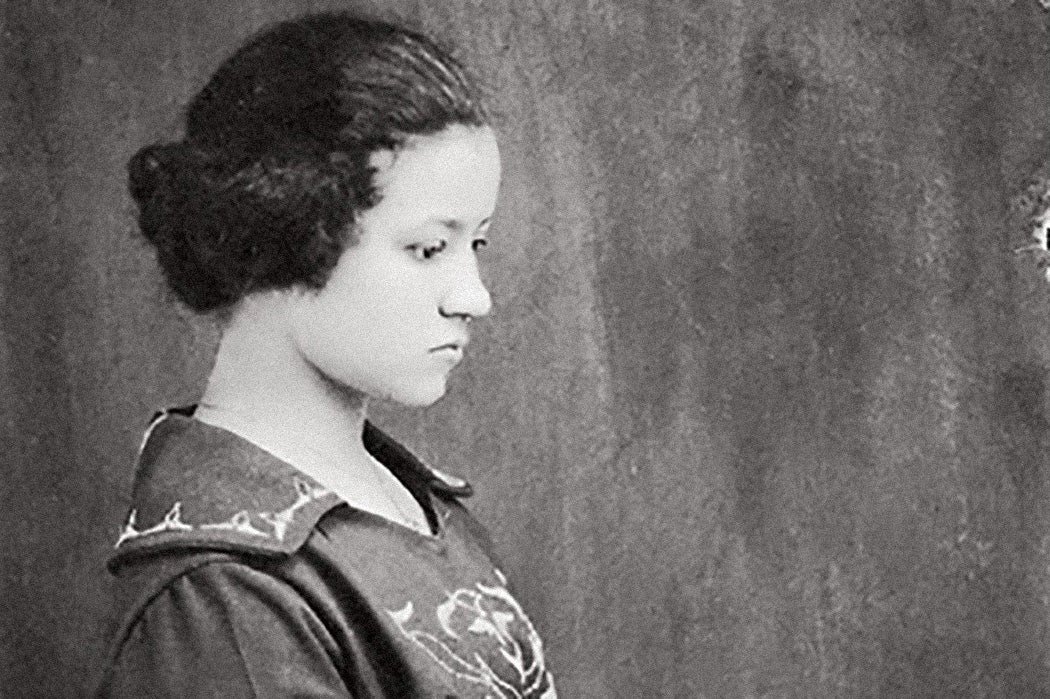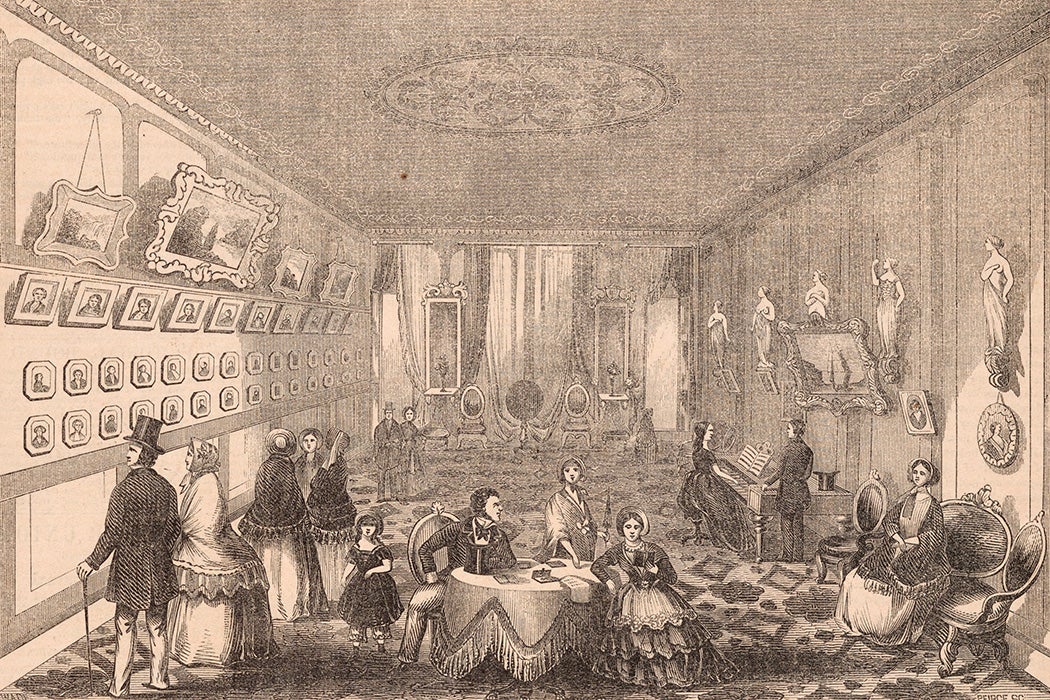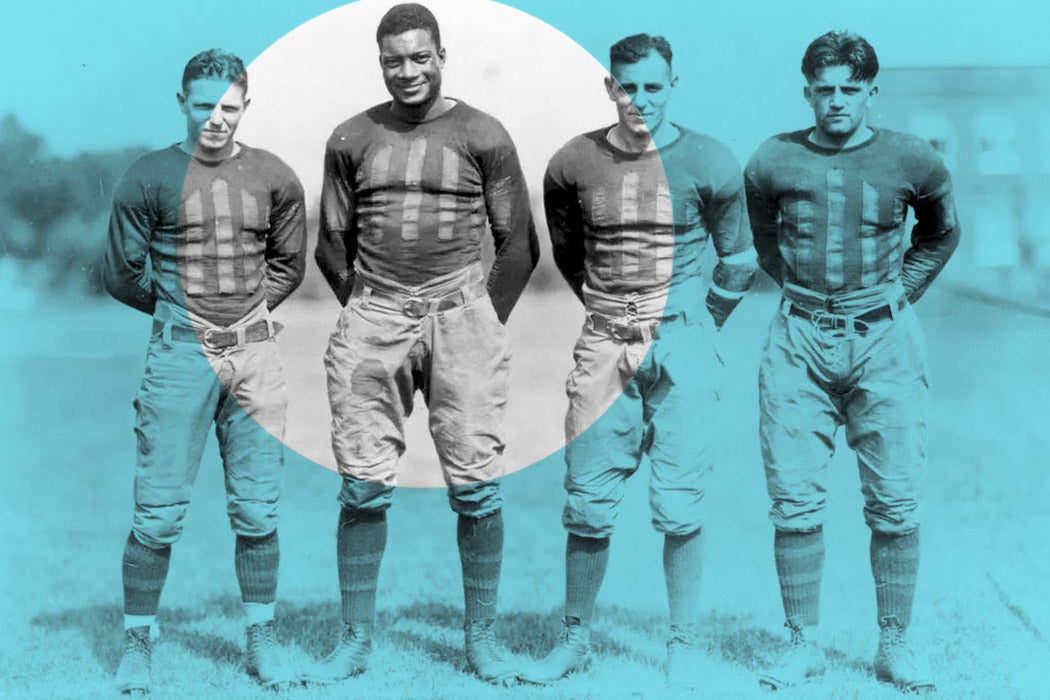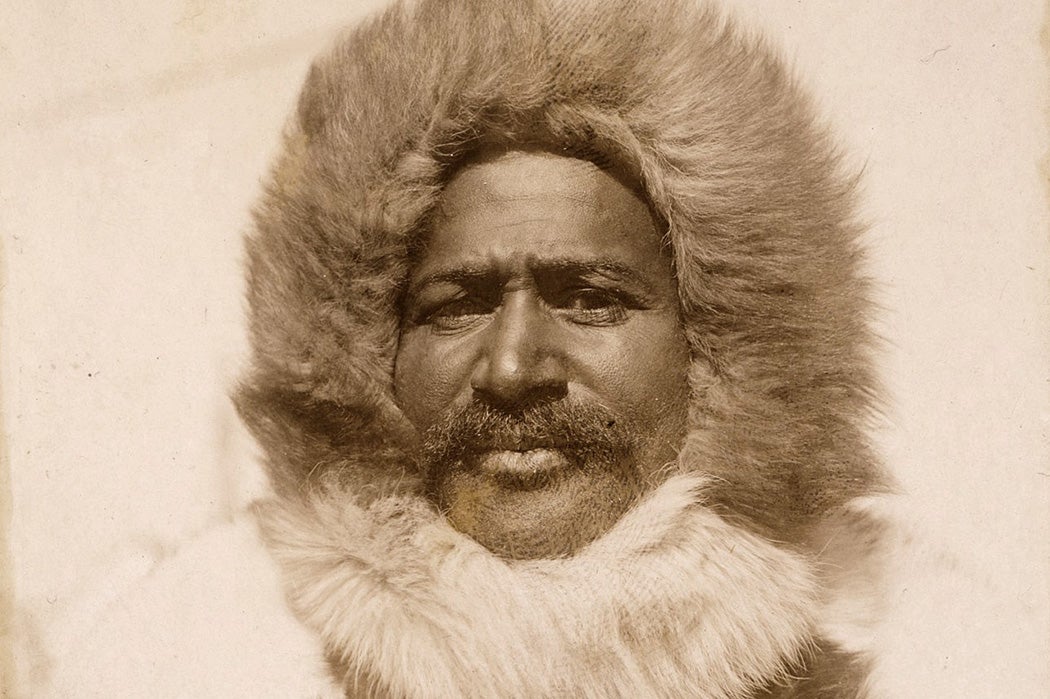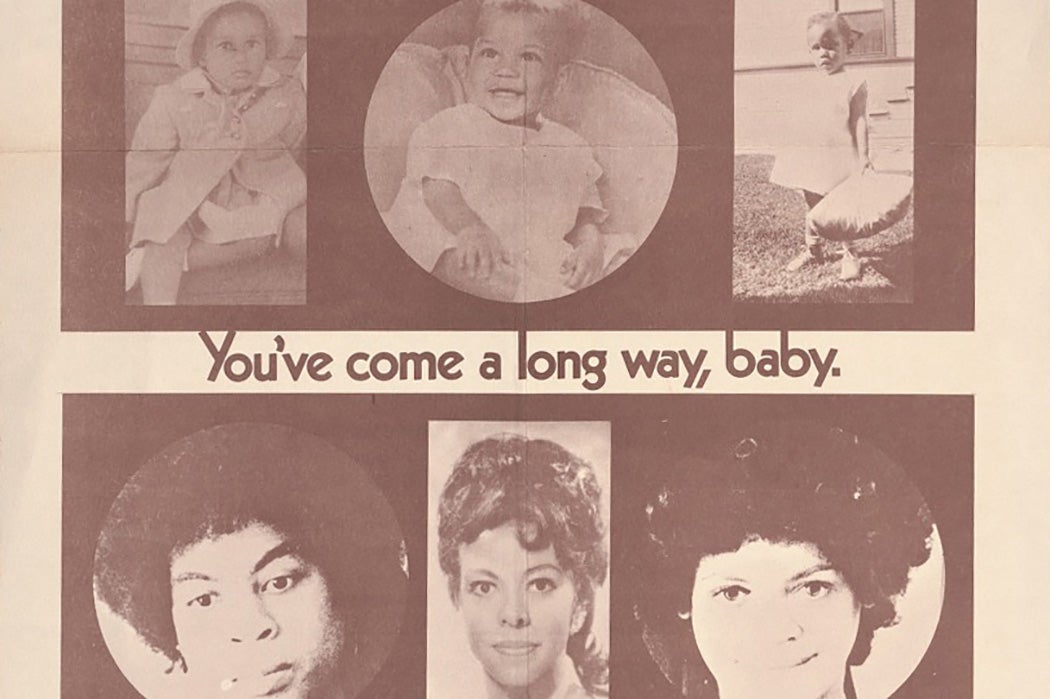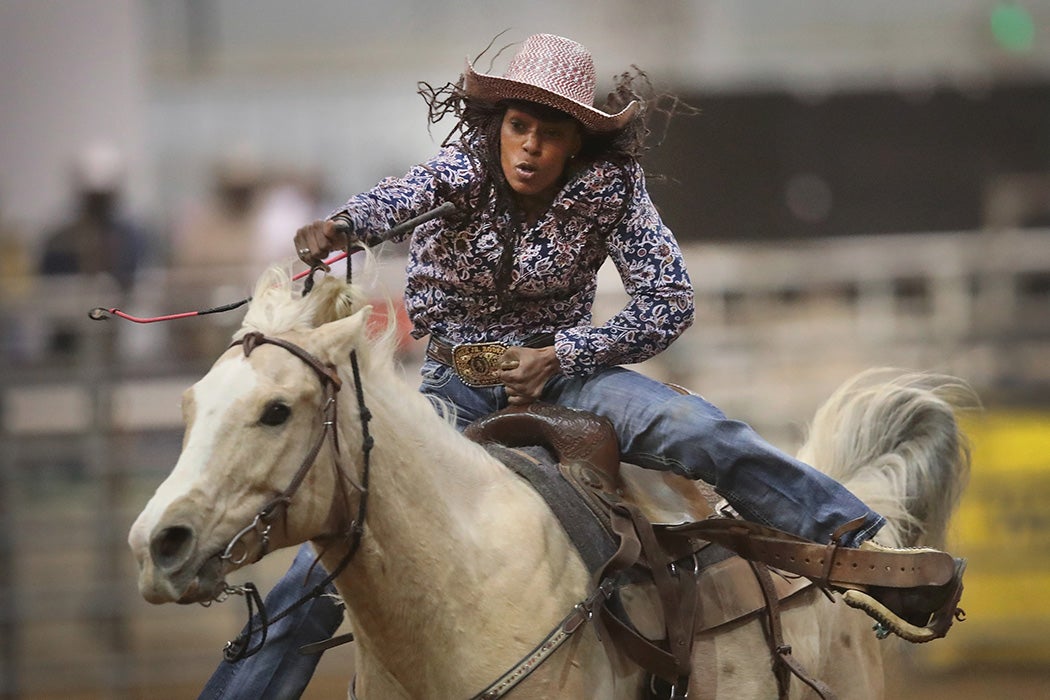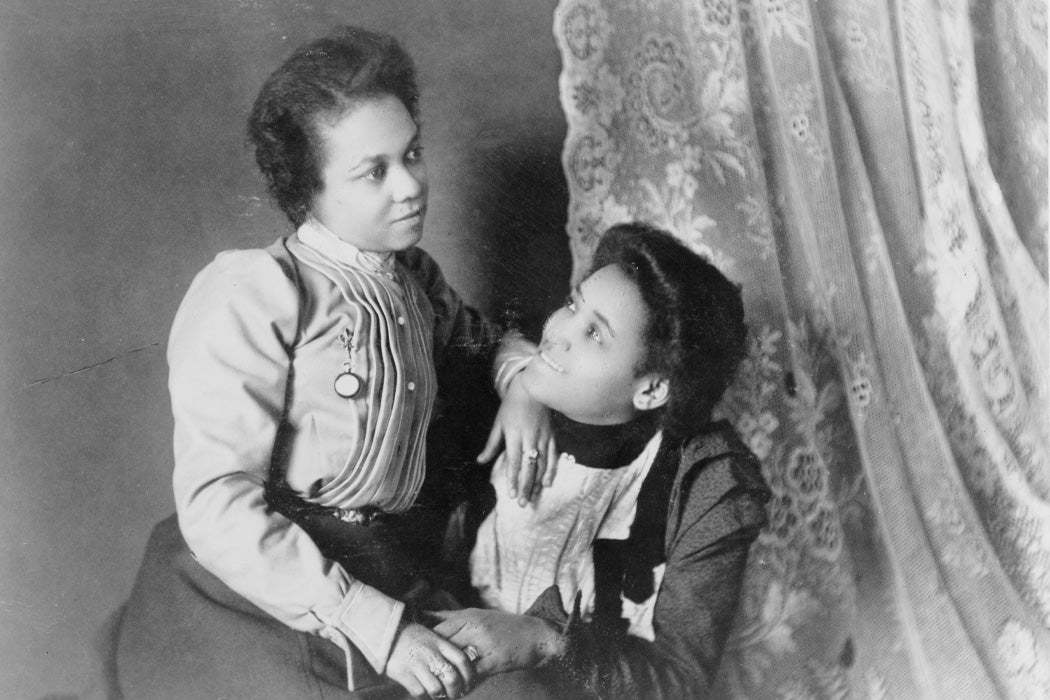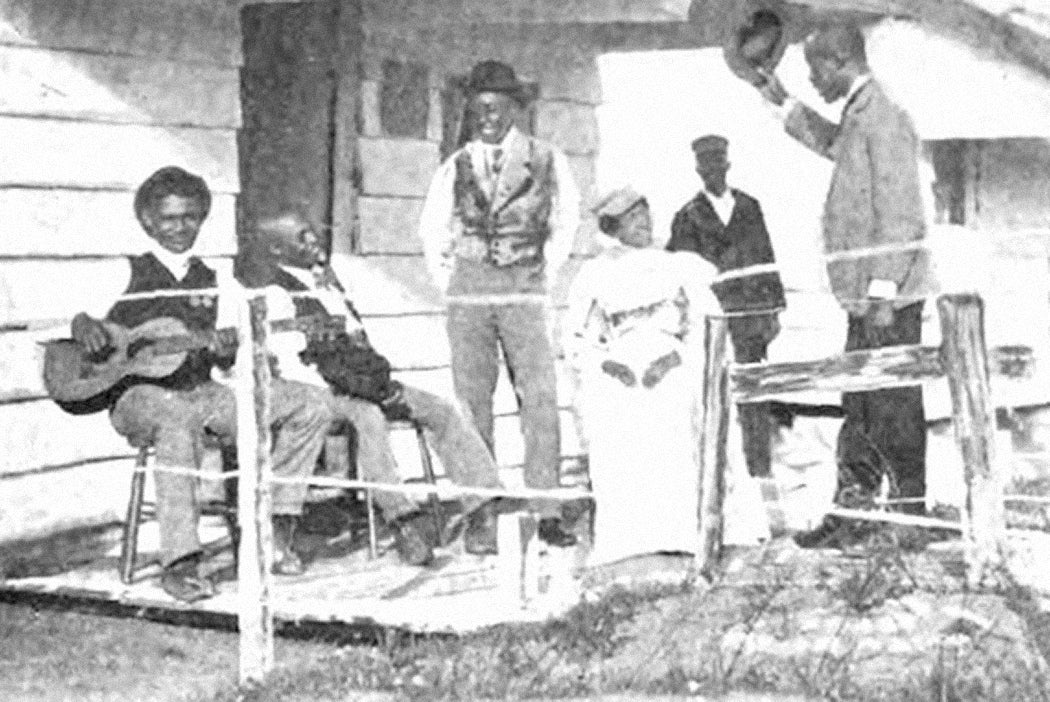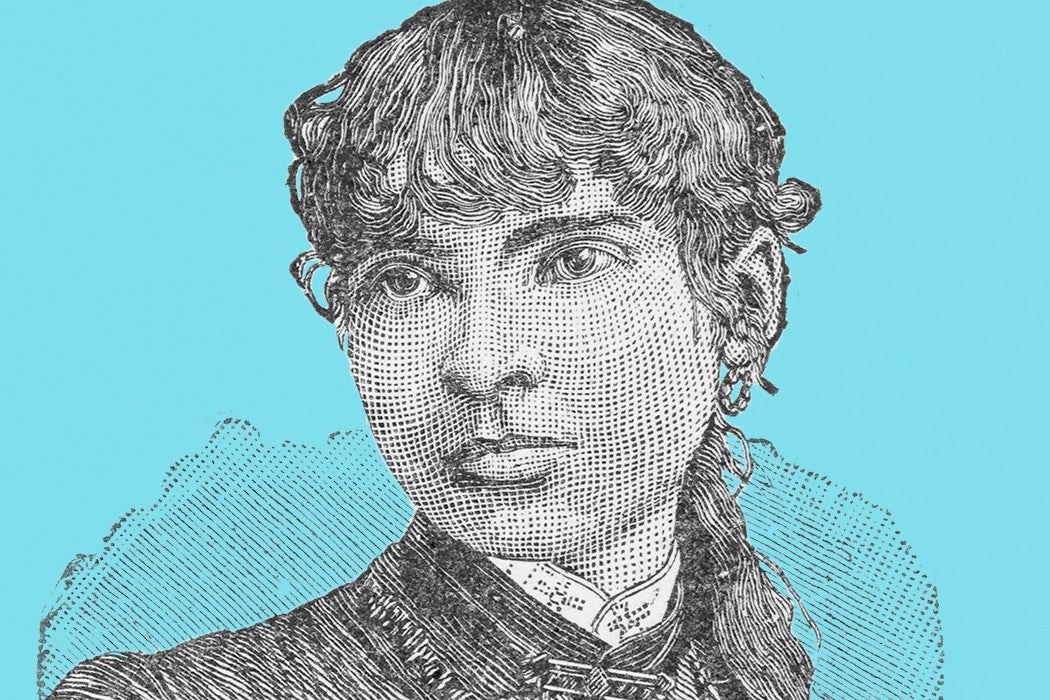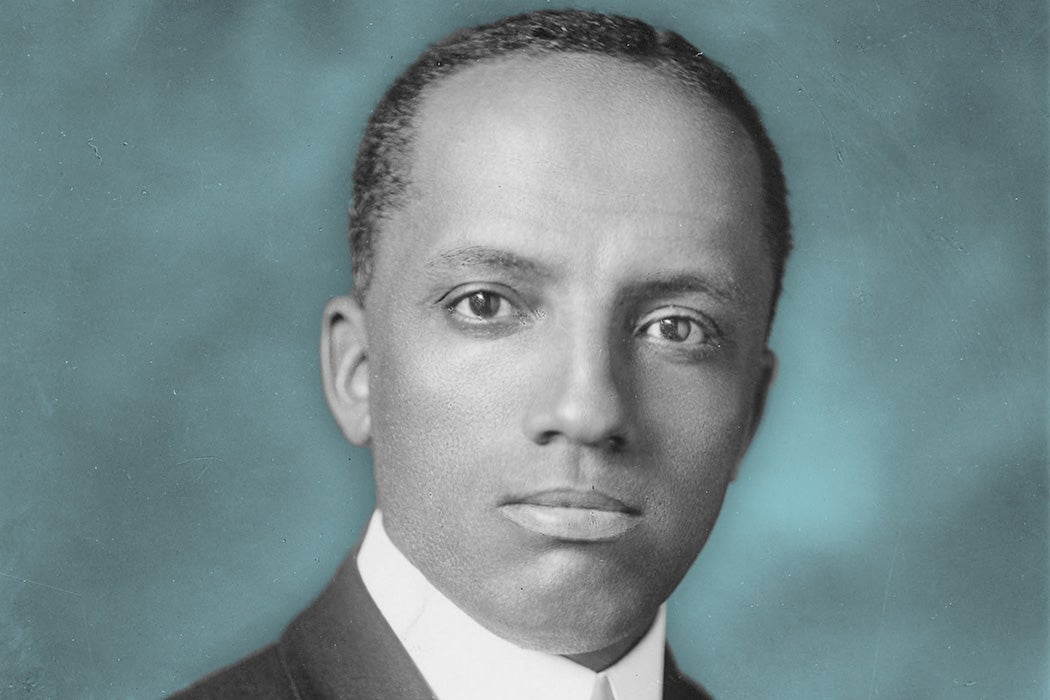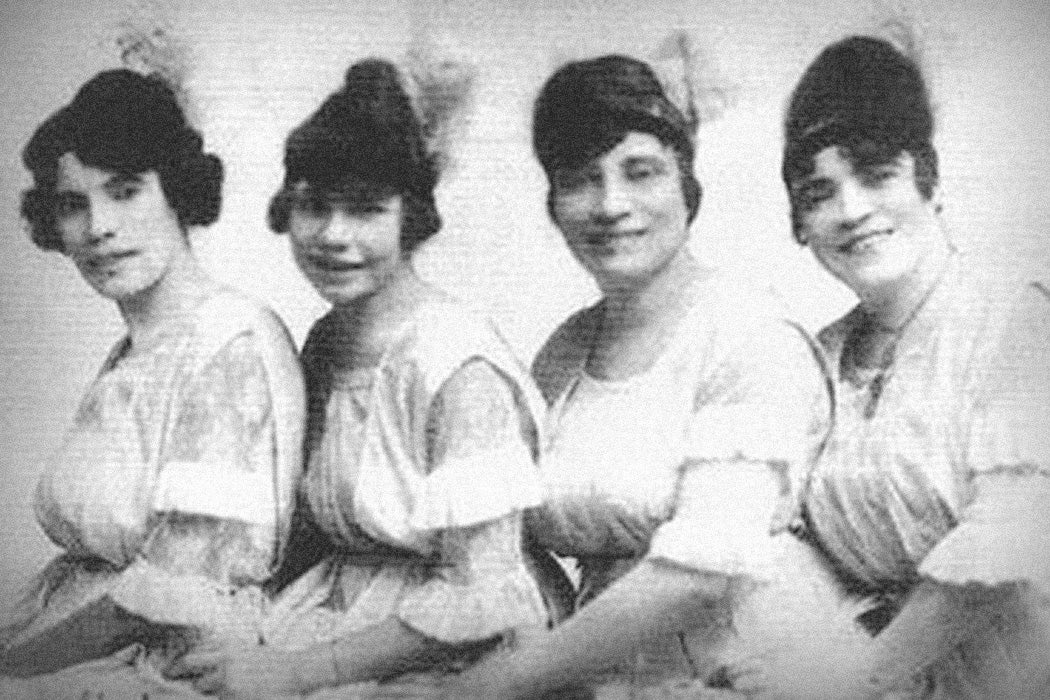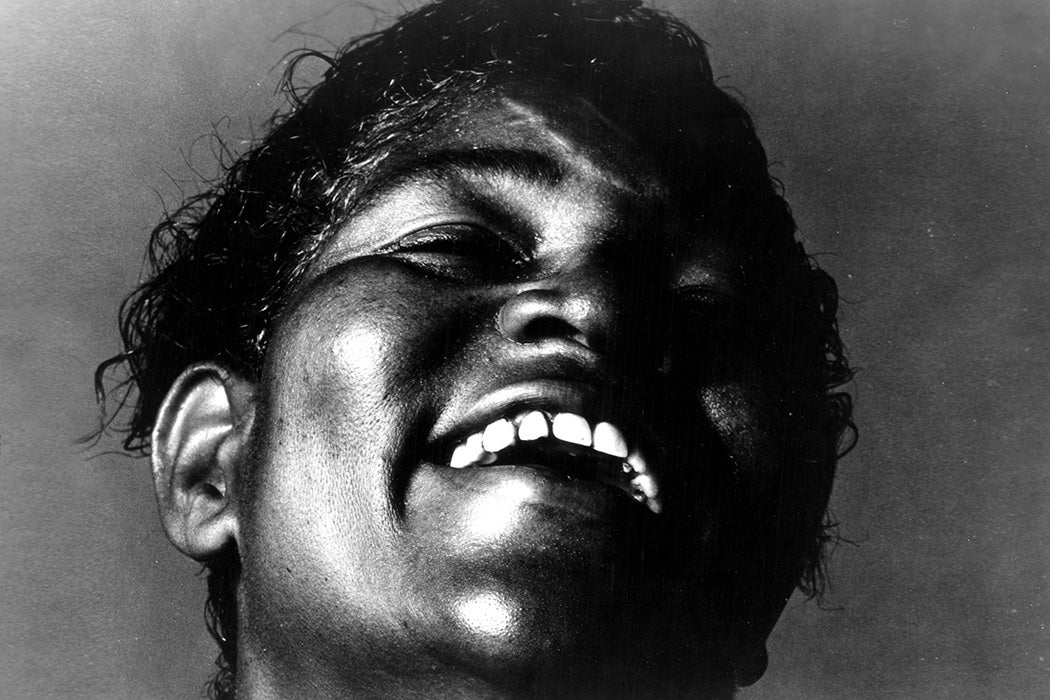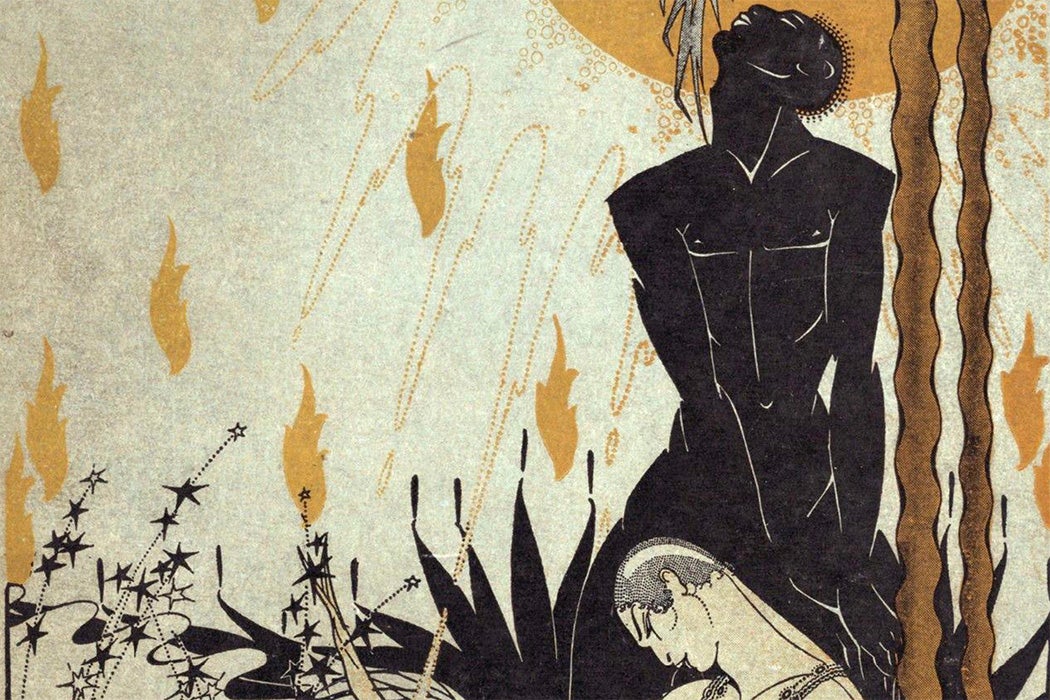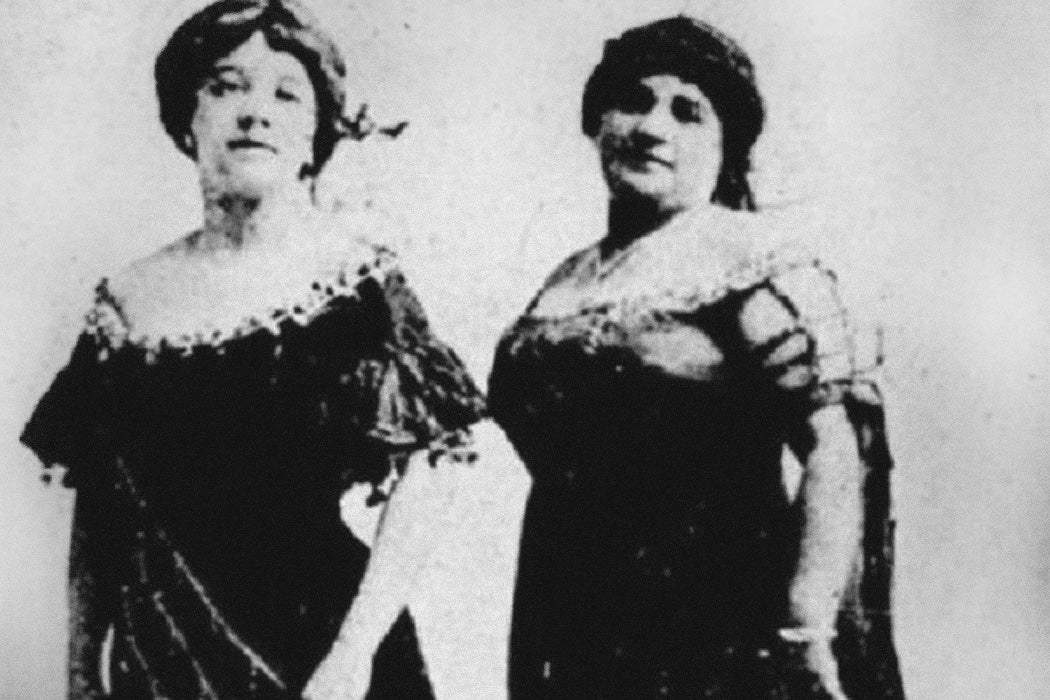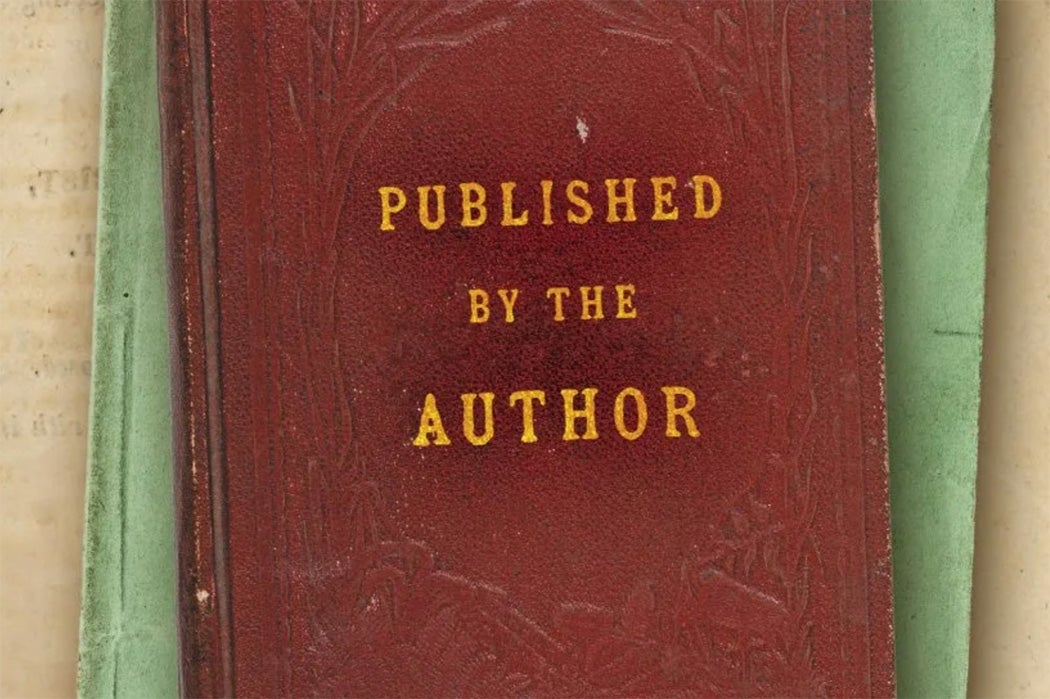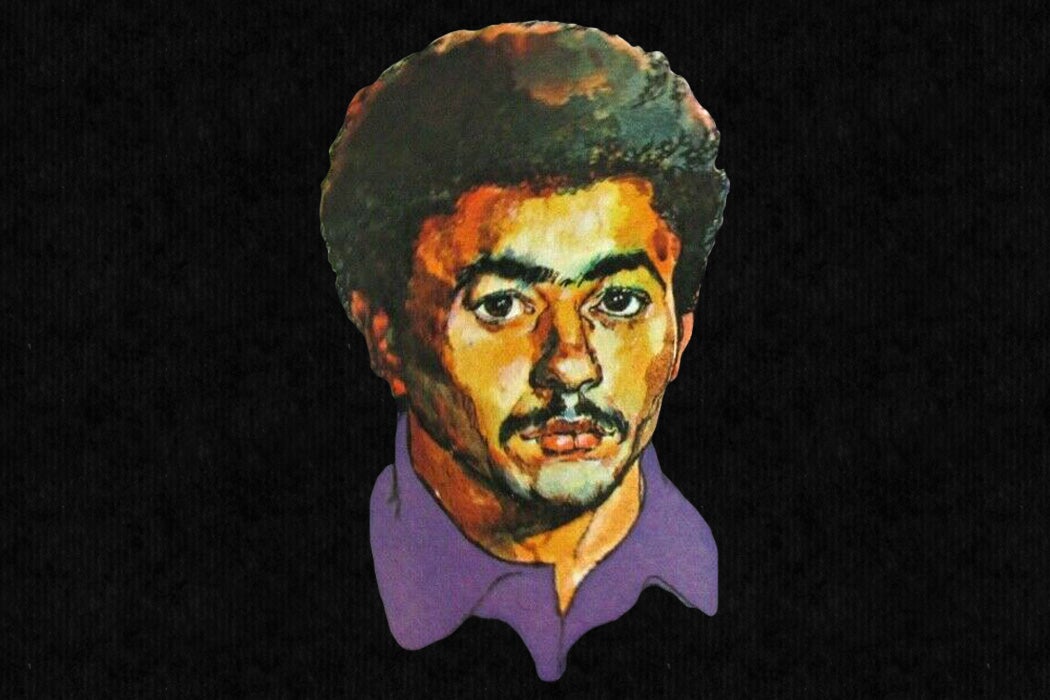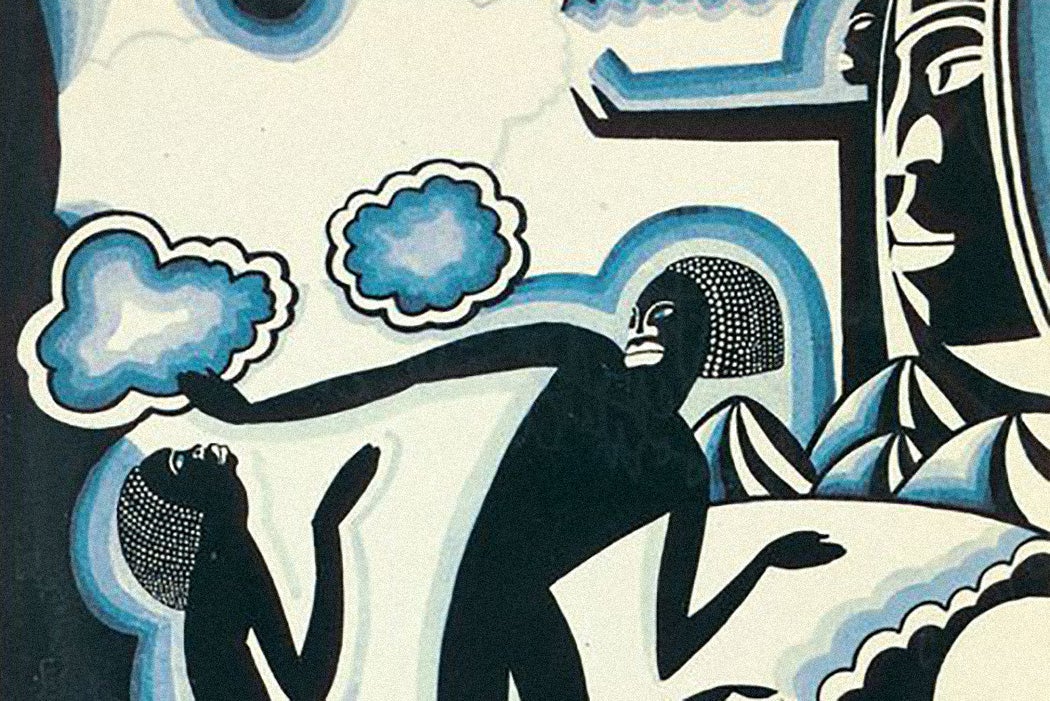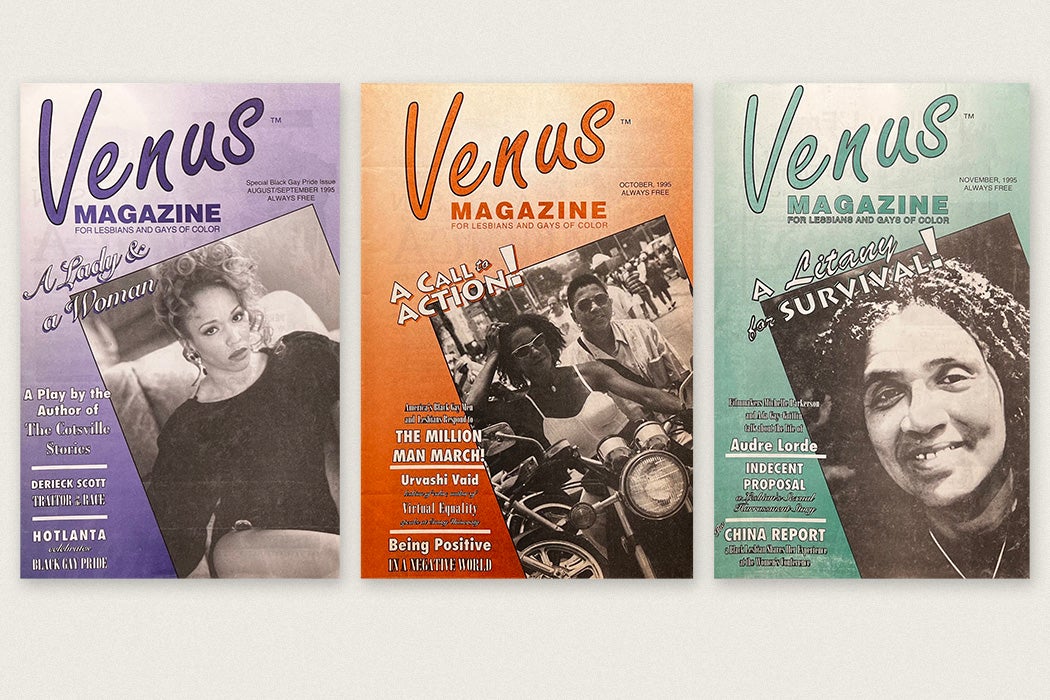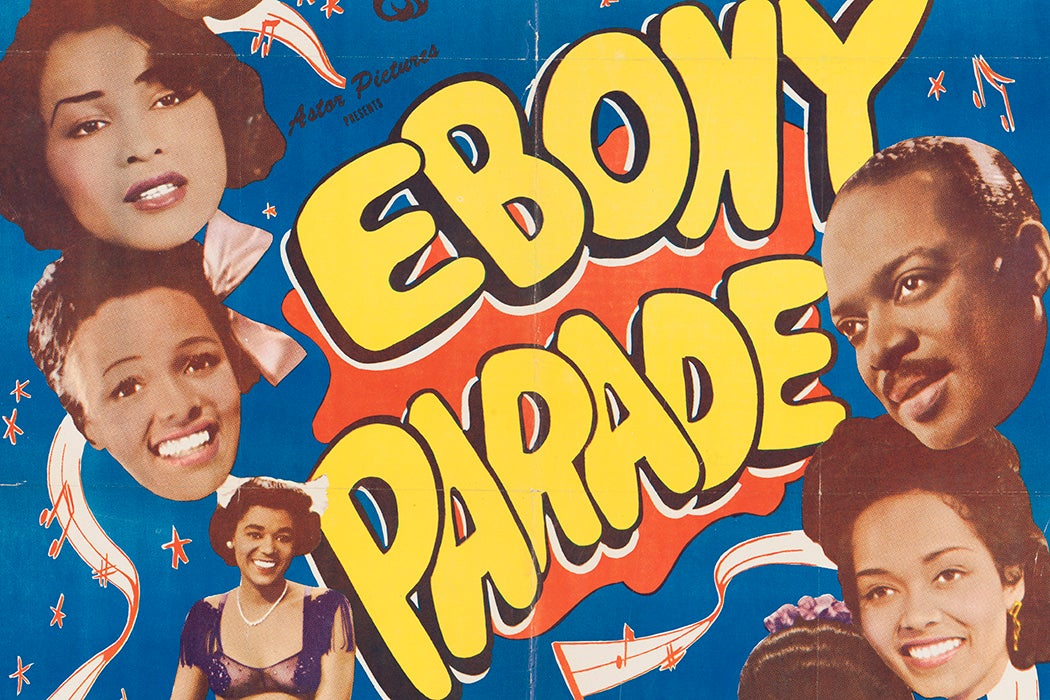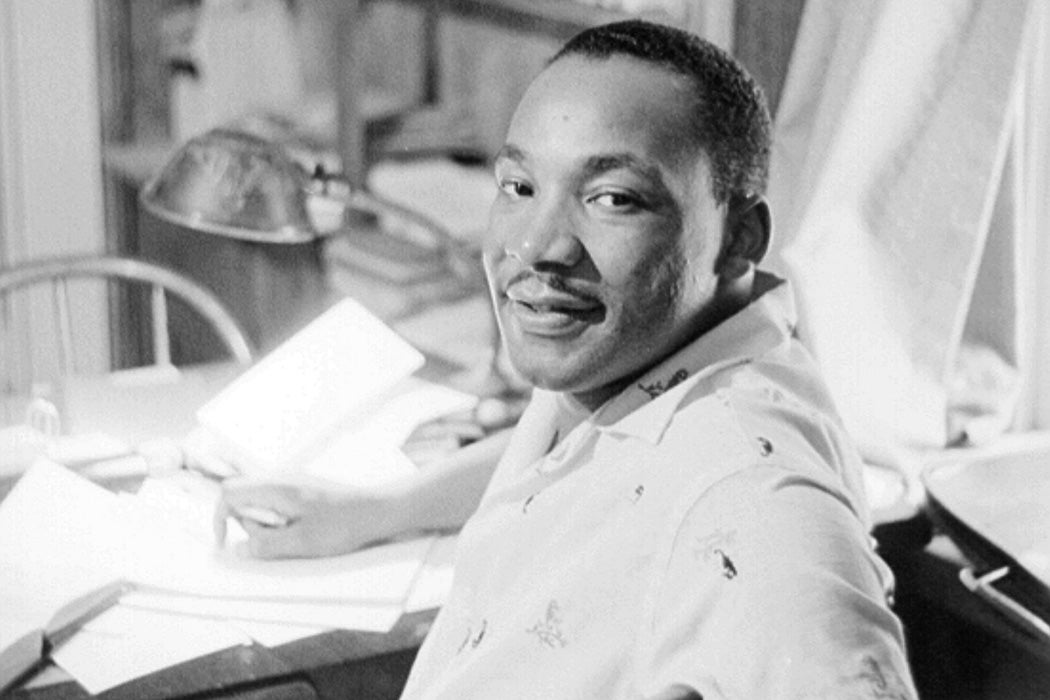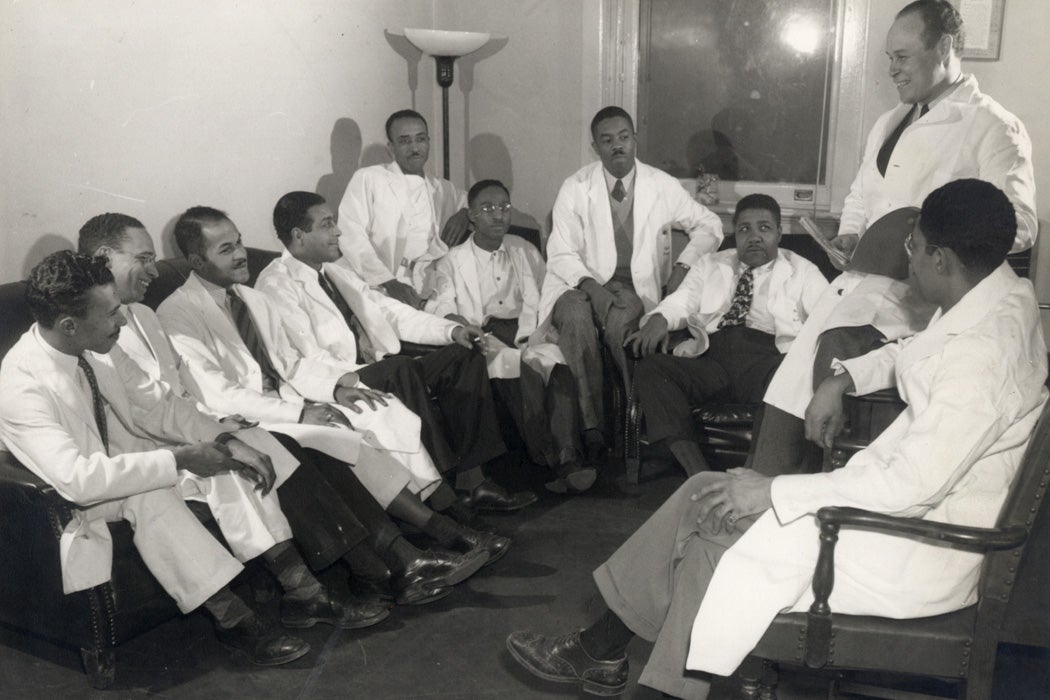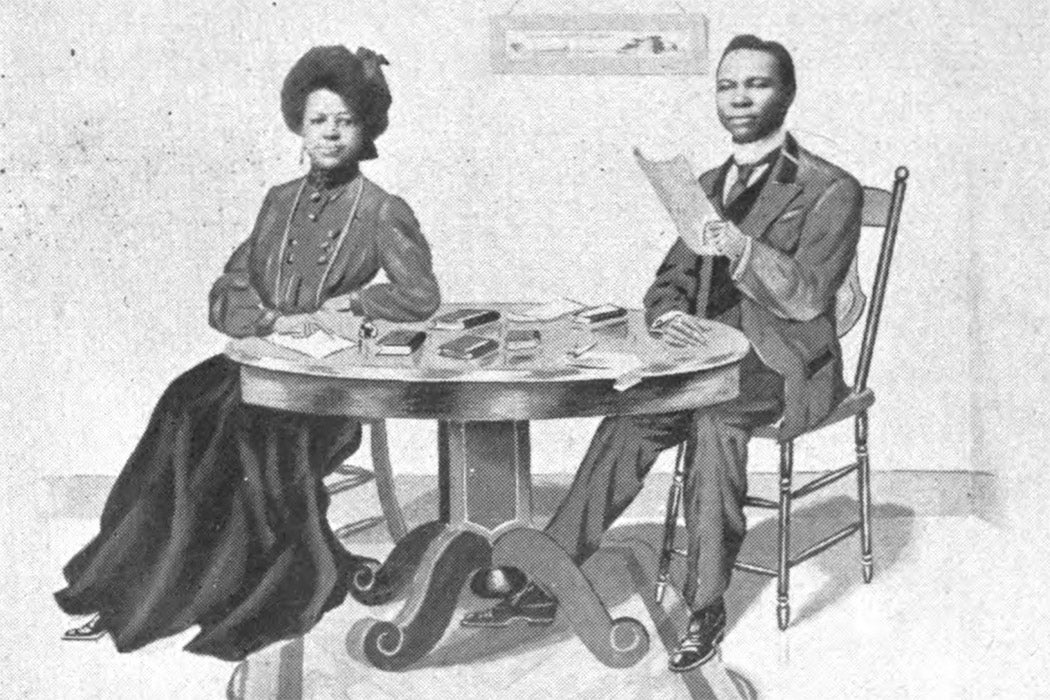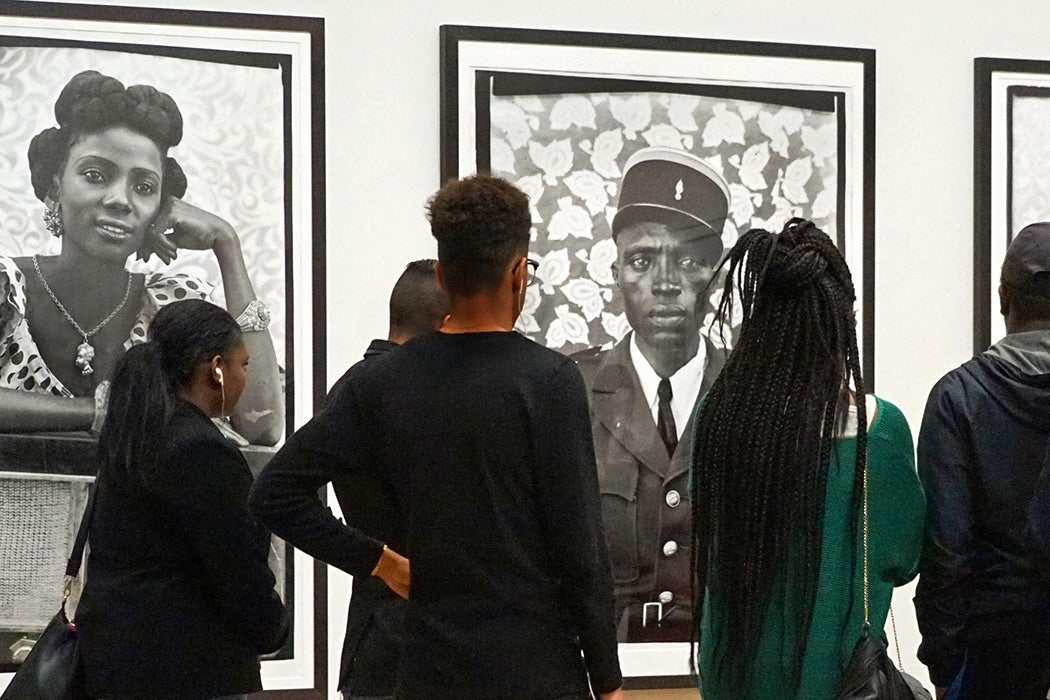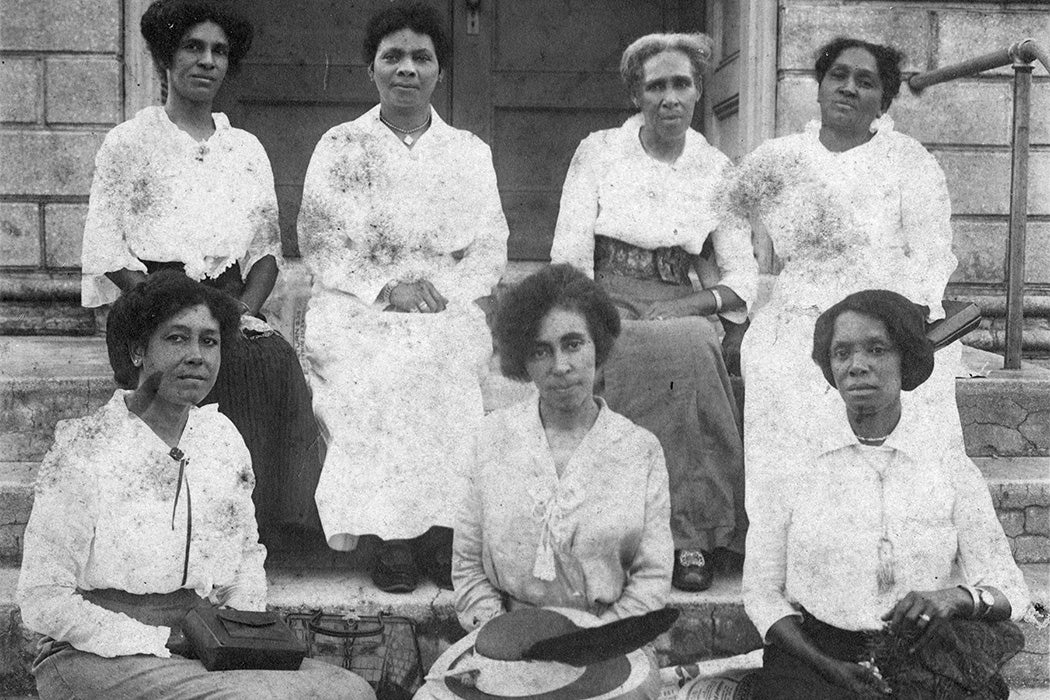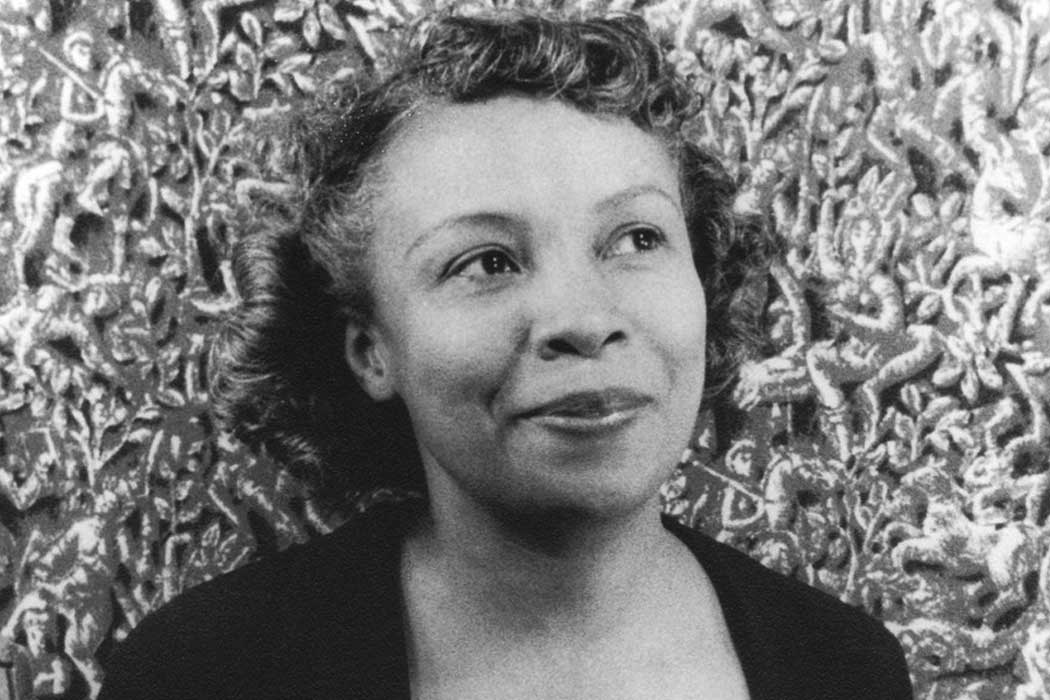February marks Black History Month, a month-long observance in the United States and Canada that recognizes the significant contributions of Black Americans to history, as well as the historical legacies of the African diaspora. We hope you’ll find the stories below, and the scholarship they include in full, a valuable resource for classroom or leisure reading.
Radical Black Voices
“Heed Their Rising Voices”: Annotated
February 21, 2024
In 1960, an ad placed in the New York Times to defend Dr. Martin Luther King, Jr. and other civil rights activists touched off a landmark libel suit.
Carter G. Woodson, The Father of Black History Month
February 12, 2015
The origins of Black History Month date back to 1926, when a historian named Carter G. Woodson spearheaded “Negro History Week.”
Négritude’s Enduring Legacy: Black Lives Matter
June 9, 2023
Today's anti-racist activism builds on the work of Black Francophone writers who founded the Pan-African Négritude movement in the 1930s.
Cedric Robinson and the Black Radical Tradition
November 11, 2021
Cedric Robinson proposed that the Black radical tradition was necessitated into existence by “racial capitalism.”
In the McCarthy Era, to Be Black Was to Be Red
November 13, 2019
The Marxist sympathies of Black radical leaders like Paul Robeson, Alice Childress, and Lorraine Hansberry made them targets for the FBI.
Stokely Carmichael, Radical Teacher
June 21, 2021
The civil rights leader who changed his name to Kwame Ture encouraged students in the Mississippi Freedom Schools to think critically.
Marcus Garvey and the History of Black History
February 12, 2023
Long before the concept of multicultural education emerged, the United Negro Improvement Association pushed for the teaching of Black history and culture.
Tuskegee University’s Audio Collections
October 5, 2023
The archives of the historically Black Tuskegee University recently released recordings from 1957 to 1971, with a number by powerful civil rights leaders.
The Real Story of Black Anarchists
September 5, 2020
Often in the news today, anarchism is widely misunderstood. One myth is that it's a movement for white people.
Building Black Community Spaces
Nella Larsen’s Lessons in Library School
August 20, 2024
Larsen’s novels were influenced by her training in the New York Public Library system, where she faced rigid ideas about the racial classification of knowledge.
How Black Radio Changed the Dial
May 30, 2022
Black-appeal stations were instrumental in propelling R&B into the mainstream while broadcasting news of the ever-growing civil rights movement.
The Black Church and Mental Health Support
October 9, 2022
Mental healthcare has not always been accessible for Black Americans. Could churches be part of the solution?
The First Black-Owned Bookstore and the Fight for Freedom
July 10, 2020
Black abolitionist David Ruggles opened the first Black-owned bookstore in 1834, pointing the way to freedom—in more ways than one.
The Barrier-Breaking Ozark Club of Great Falls, Montana
July 10, 2024
The Black-owned club became a Great Falls hotspot, welcoming all to a music-filled social venue for almost thirty years.
Freedom Libraries and the Fight for Library Equity
January 10, 2022
Freedom libraries in the south provided Black residents with access to spaces and books, whether in church basements or private homes.
Teaching Black Women’s Self-Care during Jim Crow
October 6, 2021
Maryrose Reeves Allen founded a wellness program at Howard University in 1925 that emphasized the physical, mental, and spiritual health of Black women.
How Black CB Radio Users Created an Audible Community
November 18, 2021
CB radio was portrayed as a mostly white enthusiasm in its heyday, but Black CB users were active as early as 1959.
Self Care and Community in 1901 Indianapolis
February 5, 2024
For Black women engaged with local institutions, the “Delsarte” technique was a means of supporting struggling city residents while advancing political power.
How Black-Owned Record Stores Helped Create Community
December 7, 2020
What was it like for Black American music lovers during the age of segregation to find a place they could call their own?
Kwame Brathwaite Showed the World that Black is Beautiful
June 26, 2023
Photographing everyone from musicians to athletes to the person on the street, Brathwaite found the beauty in Blackness and shared it with the world.
Elma Lewis: Boston’s Doyenne of Black Culture
February 8, 2023
An activist and and educator, Lewis created myriad cultural, educational, and social programs to build community and connections for Boston’s Black residents.
Combating Segregation
How the Black Press Helped Integrate Baseball
September 18, 2023
In the 1930s and ’40s, Black newspapers like the Pittsburgh Courier used their platform to help break the sport’s color line.
How a Southern College Tried to Resist Segregation
August 20, 2021
The founder of Kentucky's Berea College was an abolitionist. While he was alive, the school offered a free education for both Black and white students.
Who Were the Montford Point Marines?
June 26, 2019
The first African-American recruits in the Marine Corps trained at Montford Point, eventually ending the military’s longstanding policy of racial segregation.
Desegregating Bowling Alleys
December 14, 2021
The bowling desegregation movement began during World War II, but wouldn’t end there.
How Black Communities Built Their Own Schools
August 4, 2020
Rosenwald schools, named for a philanthropist, were funded mostly by Black people of the segregated South.
How St. Louis Domestic Workers Fought Exploitation
January 26, 2021
Without many legal protections under the New Deal, Black women organized through the local Urban League.
Even the Best Jim Crow School…Was Still a Jim Crow School
February 21, 2023
Before Brown v. Board of Education, Black activists split between integrationist and separatist factions, particularly at New Jersey’s Bordentown School.
Highlighting Overlooked Black History
Portico’s Part in Telling the Story of Emmett Till
November 13, 2024
The Emmett Till Memory Project teaches new generations about the tragedy that kickstarted the Civil Rights Movement. Preserving its digital assets is vital.
In the Shipyards of San Francisco
December 16, 2024
Photographer E. F. Joseph captured the dignity of the hundreds of Black women and men who worked on SS George Washington Carver during World War II.
Remembering Doris Miller
February 6, 2023
Following his actions at Pearl Harbor, Messman Doris Miller was the first Black sailor to be honored with the Navy Cross—but only after political pressure.
America’s First Ventriloquist
August 31, 2023
Richard Potter, the first American-born ventriloquist and stage magician, learned his trade after being kidnapped and abandoned as a child in Great Britain.
Challenging Race and Gender Roles, One Photo at a Time
July 2, 2022
Florestine Perrault Collins escaped the bounds of prescribed gender roles and racial segregation to run a successful photography studio in 1920s New Orleans.
Chainlink Chronicle: Celebrating Black History in Louisiana
February 28, 2023
An exploration of one prison newspaper’s commitment to celebrating Black History with a unique focus on its home state.
The Groundbreaking Work of Jackie Ormes
April 17, 2022
The first Black woman to have a regularly published comic strip, Ormes gave form to the political and social concerns of Black Americans.
Introducing “Archives Unbound”
February 24, 2022
In her new column, Dorothy Berry offers an inside look at the work of the digital archivist, while highlighting forgotten figures in Black print culture and public life.
The Death of Jack Trice
July 29, 2024
On October 6, 1923, Iowa State tackle Jack Trice lined up for the second half of a college football game. No one’s sure what happened in that third quarter.
The First Black American to Reach the North Pole
October 16, 2023
Matthew Henson partnered with Robert Peary on seven Arctic adventures, but their final success brought an end to a longstanding collaboration.
How an Unrealized Art Show Created an Archive of Black Women’s Art
April 25, 2022
Records from a cancelled exhibition reveal the challenges faced by Black feminist artists and curators in the 1970s.
Black Cowboys and the History of the Rodeo
February 11, 2021
Long overlooked in histories of the West, African-American rodeo stars also faced discrimination and erasure in that sport, too.
Searching for Black Queer History in Sensational Newspapers
March 14, 2019
Sometimes finding the stories of marginalized populations demands reading between the lines.
The Ballad of Railroad Bill
March 20, 2023
The story of Morris Slater, aka Railroad Bill, prompts us to ask how the legend of the "American outlaw" changes when race is involved.
Black Images and the Politics of Beauty
March 1, 2021
How Black-owned charm schools and modeling agencies challenged stereotypes of African American women after World War II.
Nate Salsbury’s Black America
January 25, 2024
The 1895 show purported to show a genuine Southern Black community and demonstrate Black cultural progress in America, from enslavement to citizenship.
Finding Lucretia Howe Newman Coleman
May 27, 2024
Once a powerful voice in the Black press, Coleman all but disappeared from the literary landscape of the American Midwest after her death in 1948.
Black History in Literature, Science, & the Arts
Museum Roots
February 2, 2024
The founders of Black American museums in the post-World War II era were all shaped by Carter G. Woodson’s “Negro Canon” of history and art.
The Wonderfully Complex Whitman Sisters
January 22, 2025
A popular act on the Black vaudeville circuit, the Whitman Sisters relied on a reputation for strong morals while challenging racial and gender codes.
Willie Mae Thornton Deserves Your Full Attention
January 31, 2024
In a meditative new biography, DJ and scholar Lynnée Denise examines the mysteries and trials in the life of the legendary performer.
How Wattstax Ushered in a New Era of Black Art
August 4, 2022
Organized in the aftermath of the 1965 Watts uprising, the music festival showed that something powerful was happening in the Black community.
The Short but Influential Run of Ebony and Topaz
February 26, 2022
The 1927 art and literature magazine only ran for a single issue, but “proved an integral component of Harlem Renaissance cultural production."
The Griffin Sisters Helped Build Black Vaudeville
September 1, 2023
The sisters were not only a singing duo, they were successful businesswomen and advocates for Black-owned enterprises in the entertainment world.
The Los Angeles Renaissance
June 13, 2022
Black composers Bruce Forsythe and Claudius Wilson transcended barriers to create concert and classical music during this West Coast art movement.
The Indelible Lessons of Erasure
December 27, 2023
A Percival Everett fan weighs in on the novelist’s approach to racial satire and considers the translation of Erasure to the big screen in American Fiction.
Self-Publishing and the Black American Narrative
December 11, 2024
Bryan Sinche’s Published by the Author explores the resourcefulness of Black writers of the nineteenth century.
Donald Goines, Detroit’s Crime Writer Par Excellence
February 9, 2022
The writer used hard-boiled fiction as a wide lens to accurately capture the widescreen disparity of Black life in the 1970s.
The New Negro and the Dawn of the Harlem Renaissance
January 25, 2021
In 1925, an anthology of Black creative work heralded the arrival of a movement that had been years in the making.
From the Black Queer South to the World
September 6, 2023
Across its twelve-year lifespan, Atlanta-based Venus magazine brought southern voices to the larger Black queer print media network.
Mills Panoram and Soundies
February 22, 2023
In the 1940s, these short films set to music transgressed Hollywood’s racial mythology to create space for Black artists to experiment—and have fun.
Why MLK Believed Jazz Was the Perfect Soundtrack for Civil Rights
October 16, 2019
Jazz, King declared, was the ability to take the “hardest realities of life and put them into music, only to come out with some new hope or sense of triumph.”
The 1910 Report That Disadvantaged Minority Doctors
May 3, 2019
A century ago, the Flexner Report led to the closure of 75% of U.S. medical schools. It still explains a lot about today’s unequal access to healthcare.
Elizabeth Taylor Greenfield, “The Black Swan”
May 6, 2019
Born into slavery, Elizabeth Taylor Greenfield broke barriers with every note she sang.
Passing Narratives That Pre-Date Black Like Me
December 2, 2023
In 1905, Robert Gilbert Wells used a fictional character to explore the experience of being a Black man in America.
Keeping Scores: Unearthing the Works of Black Women Composers
February 15, 2023
Black women composers have been active in the US since at least the mid-nineteenth century, yet they’re largely omitted from scholarship on women musicians.
How Jazz Albums Visualized a Changing America
August 22, 2024
In the 1950s, the covers of most jazz records featured abstract designs. By the late 1960s, album aesthetics better reflected the times and the musicians.
More Black History Roundups
Celebrating Black Artists
February 12, 2021
Profiles of Betye Saar, Krista Franklin, Miles Davis, Basquiat, Kanye West, Faith Ringgold and more.
Black Women, Black Freedom
February 8, 2021
Celebrating Black History Month with a look at the role of women in movements for liberation.
15 Black Women Who Should Be (More) Famous
June 19, 2020
Honoring the scientists, poets, activists, doctors, and librarians--those we know and those we don't.
Editor’s Note: This list is periodically updated with more stories related to Black History Month. The last update was January 31, 2025.
